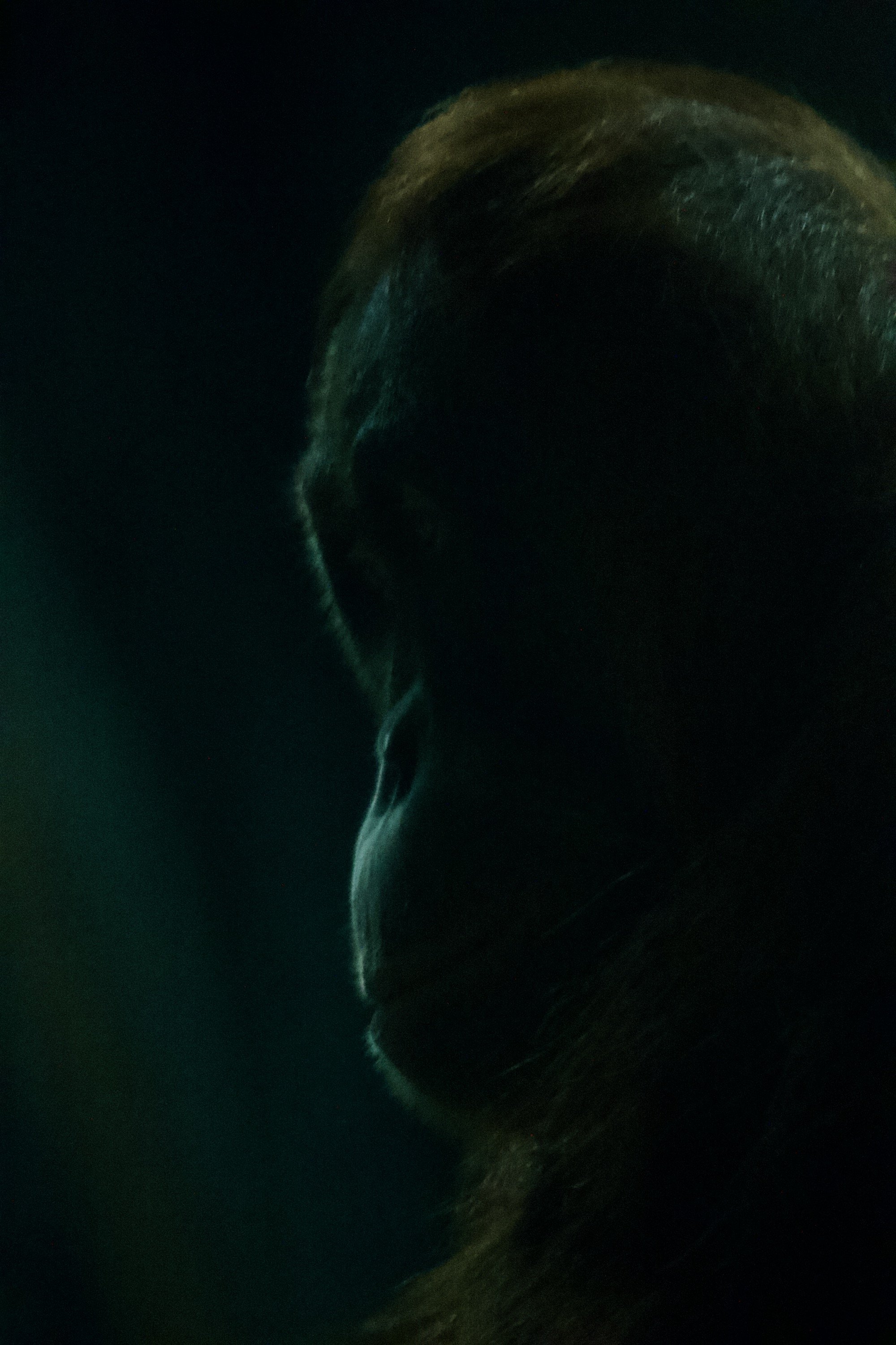

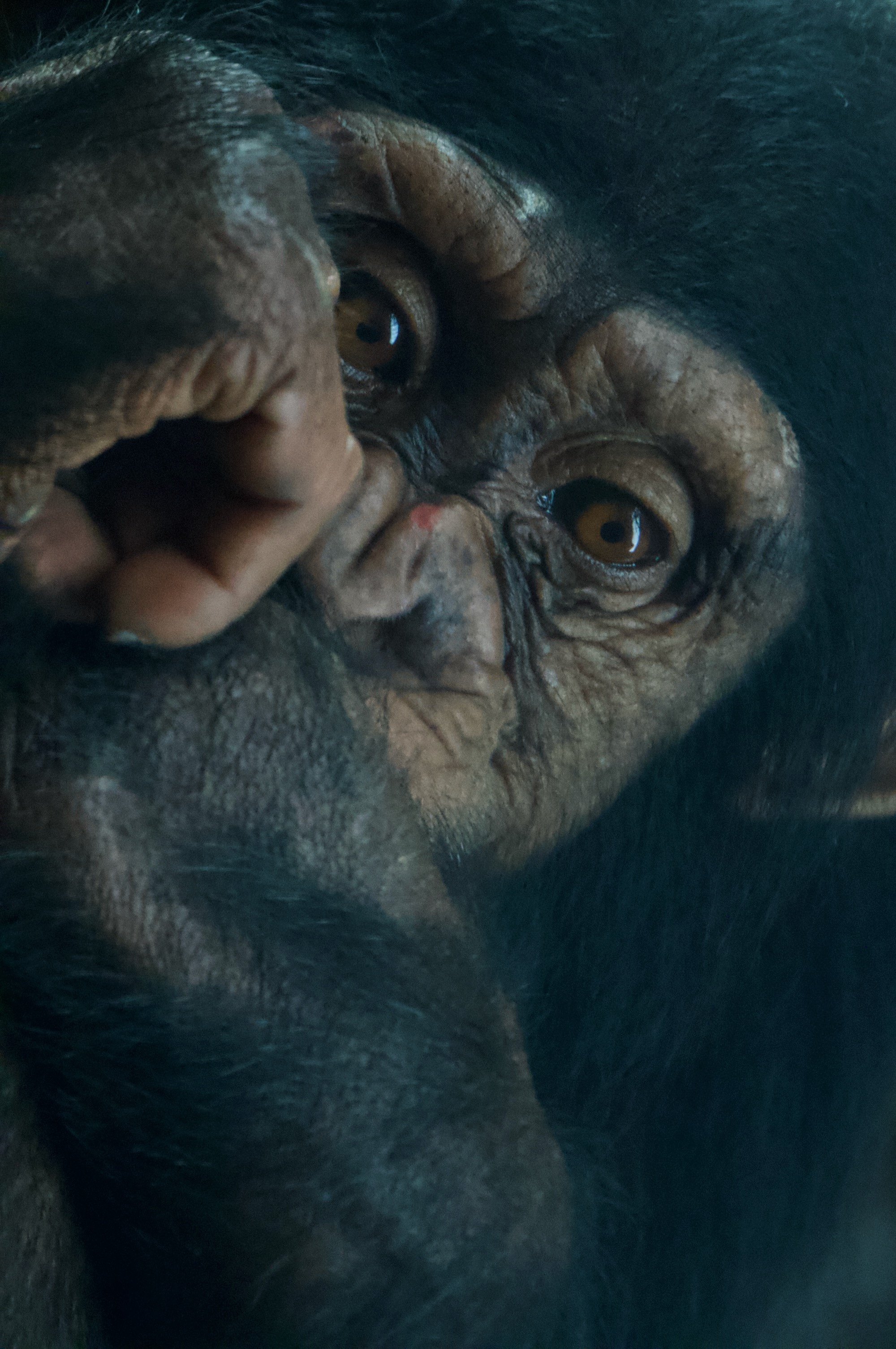
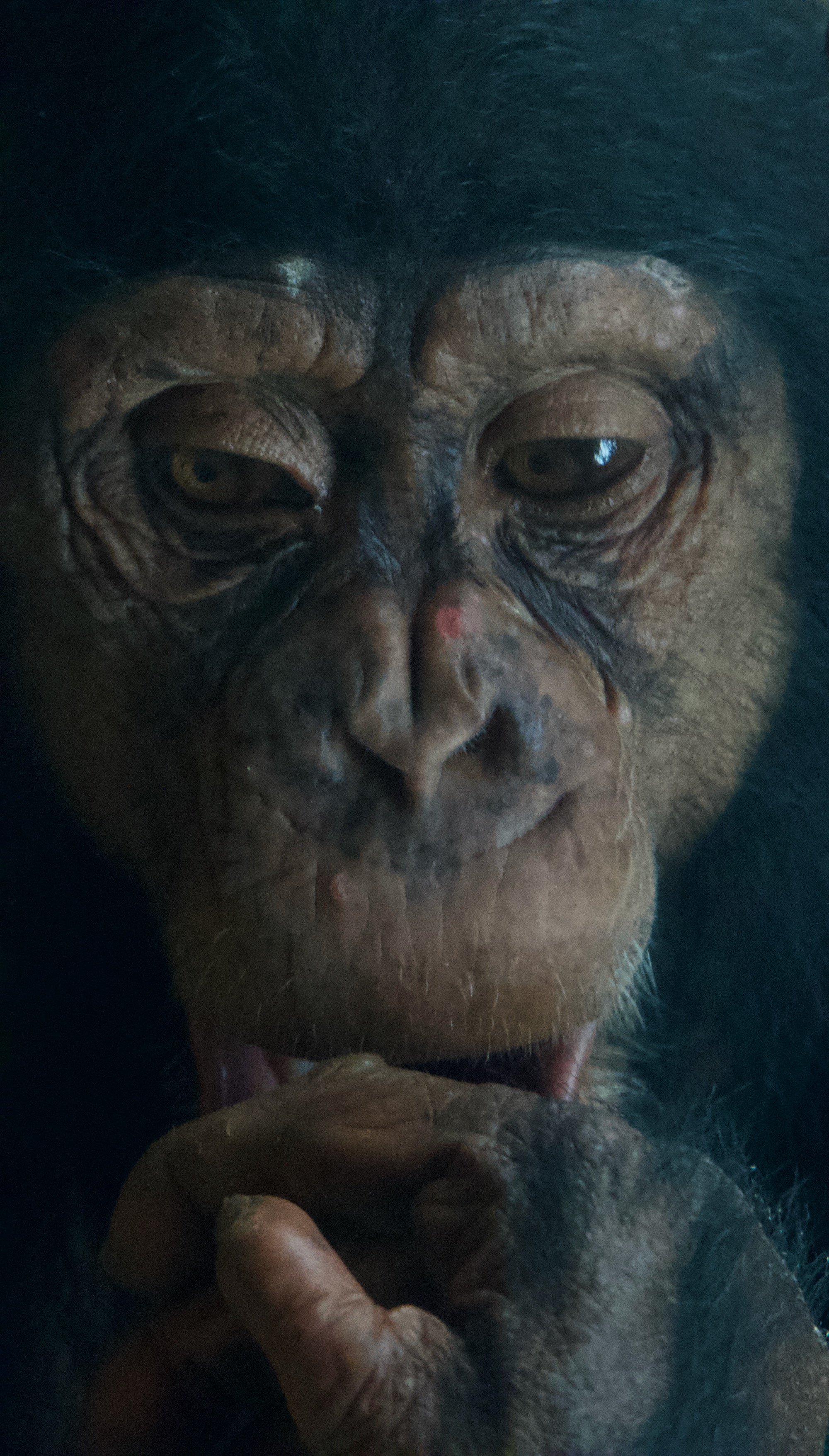
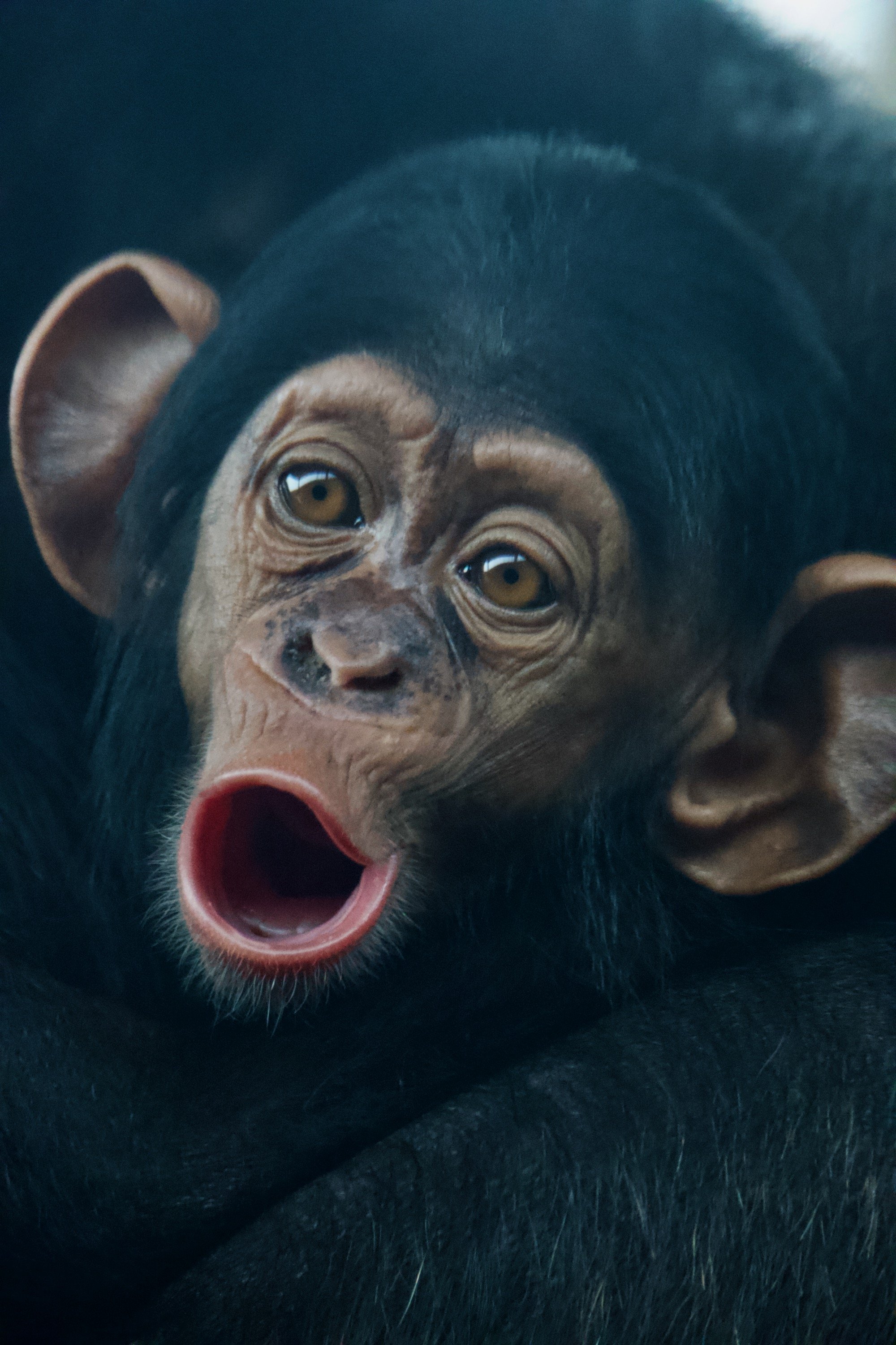
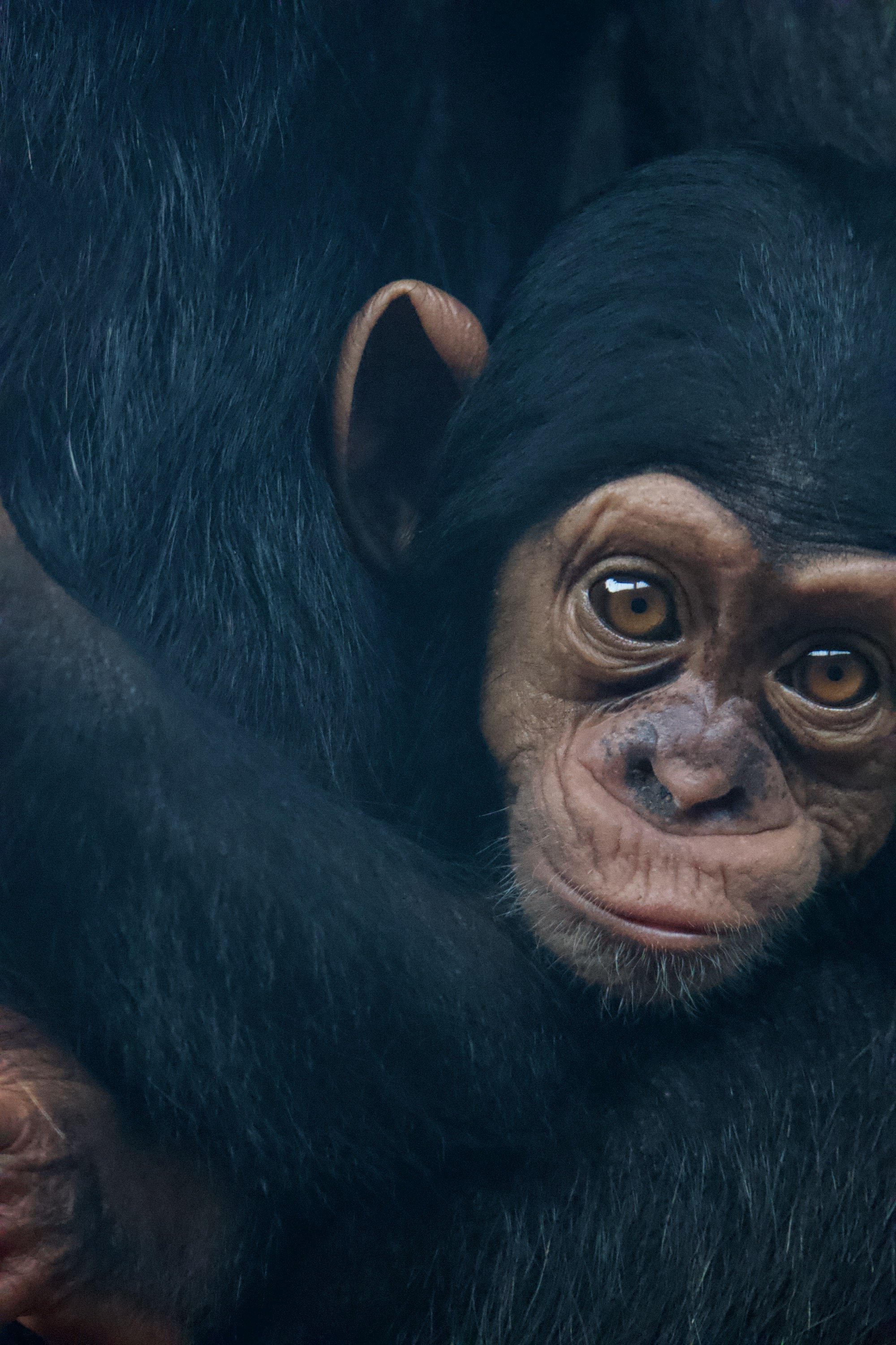

Western lowland gorillas are the smallest of the four gorilla subspecies, which also include the Cross River gorillas, Grauer’s gorillas, and mountain gorillas.
Western lowland gorillas have shorter black-brown hair, longer arms, and a more prominent ridge along their brow.
Infants have a tuft of white hair on their backsides, and older gorillas may get streaks of silver in their hair.
Like their cousins, western lowland gorillas are endangered and face the loss of their habitat.
Credit: Nat Geo Au
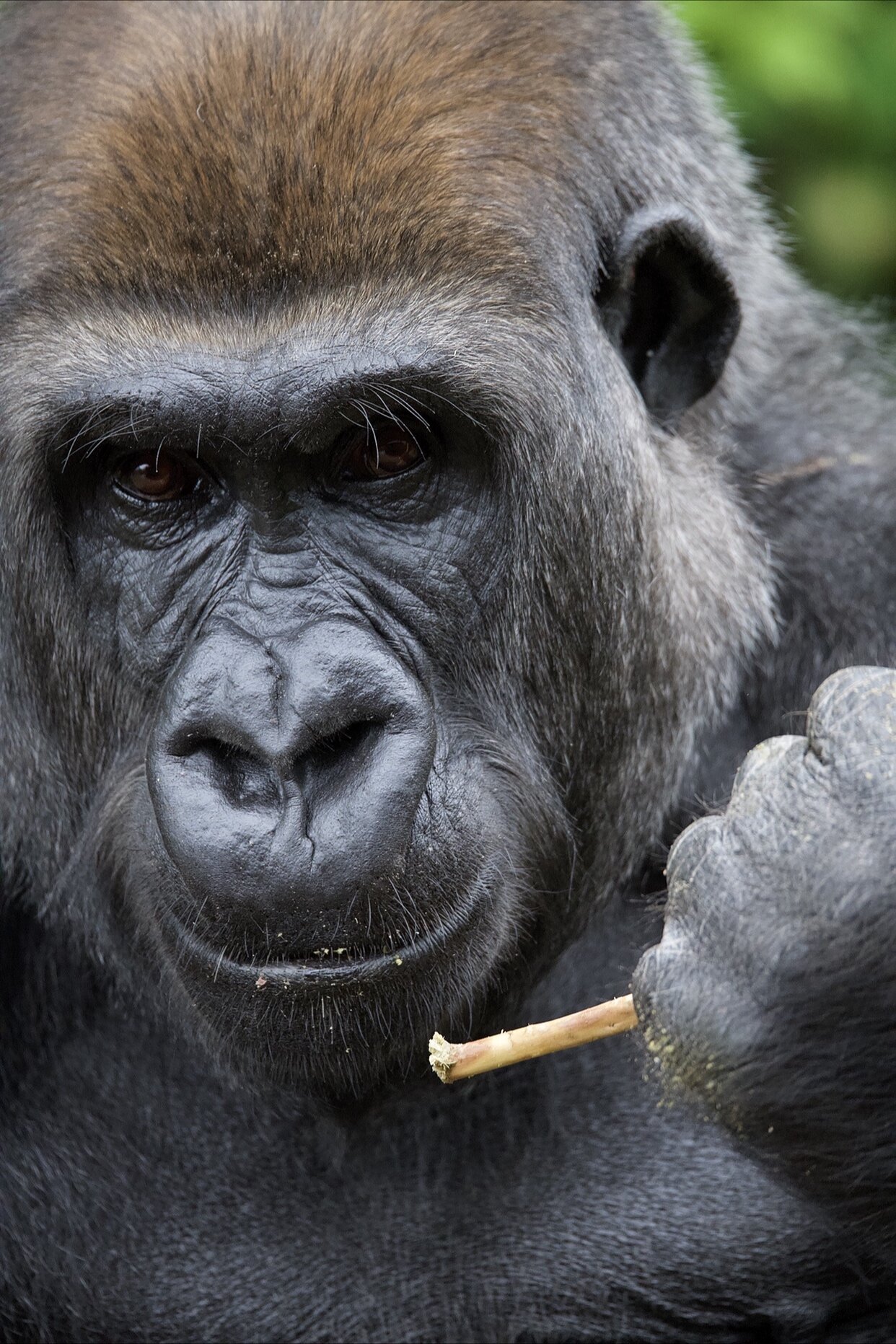
The western lowland gorilla is the most numerous and widespread of all gorilla subspecies.
Populations can be found in Cameroon, the Central African Republic, the Democratic Republic of Congo and Equatorial Guinea, and large areas in Gabon and the Republic of Congo.
The exact number of western lowland gorillas is unknown because they inhabit some of Africa's densest and remote rainforests.
Significant populations still exist, including in isolated swamps and the remote swampy forests of the Republic of Congo.
Credit: WWF Australia
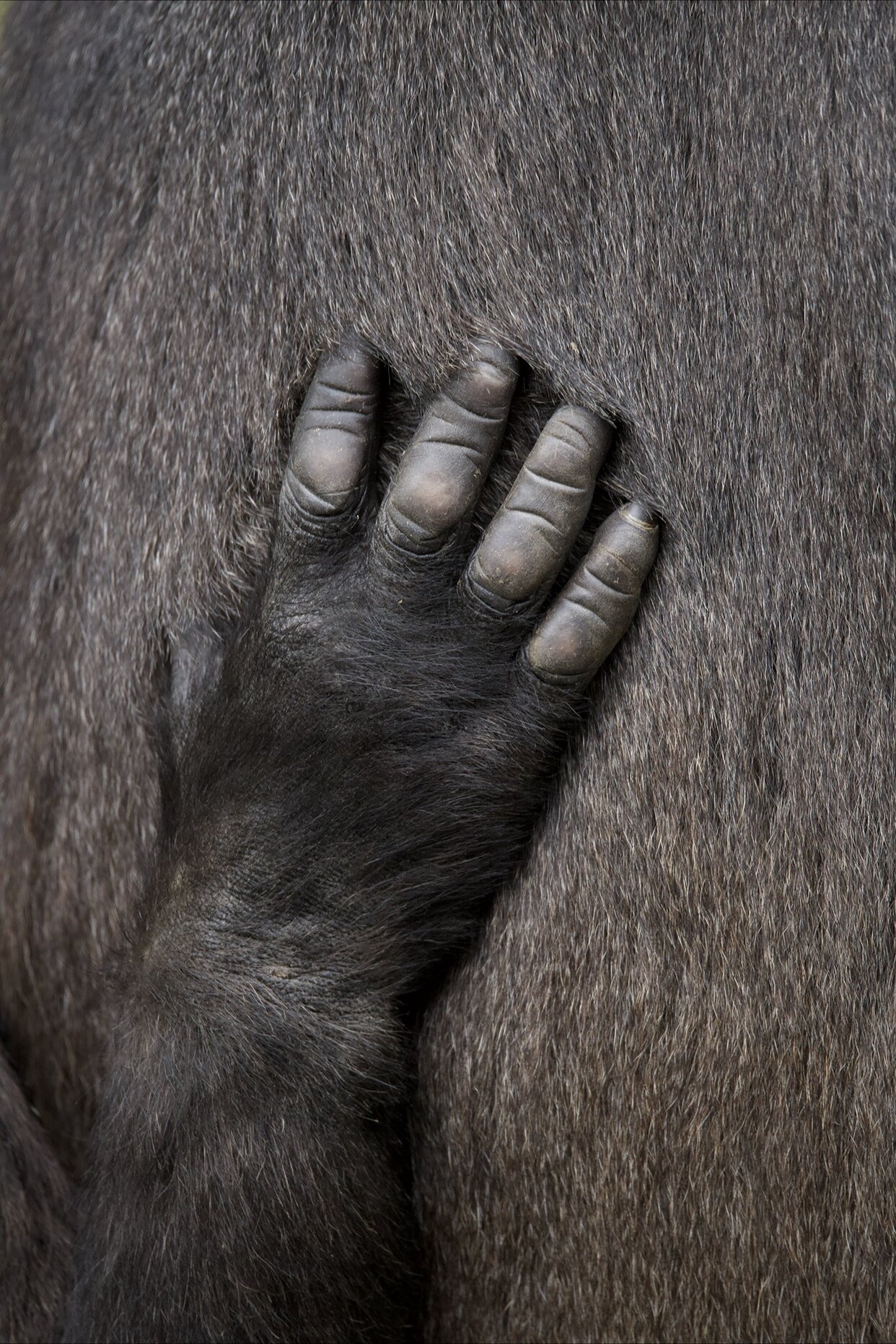
A mother’s love for her child is like nothing else the world. It knows no law, no pity, it dares all things and crushes down remorselessly all that stands in its path.
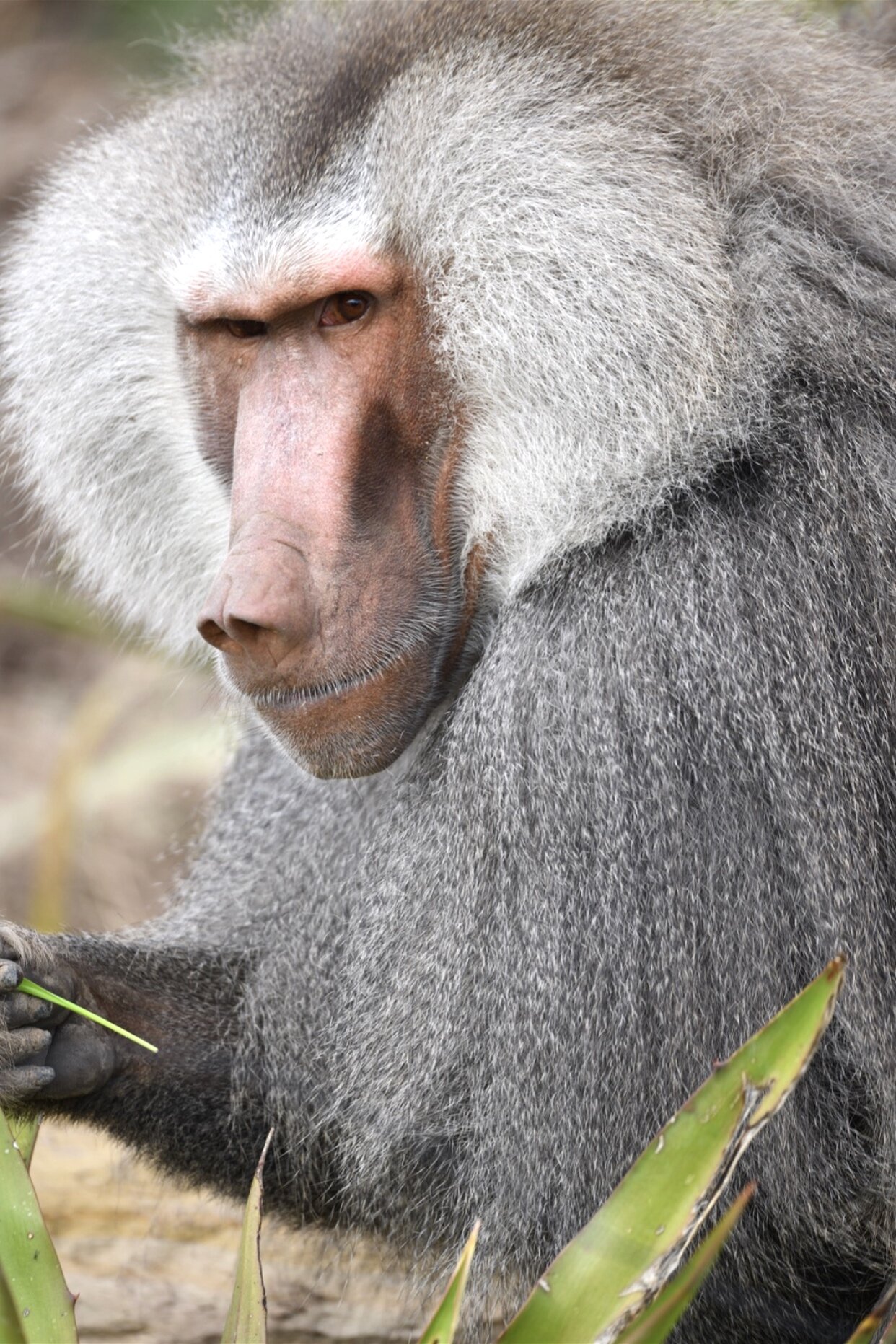
These primates are found from the Red Sea in Eritrea to Ethiopia, Djibouti, Somalia, Yemen, and Saudi Arabia in the southwestern part of the Arabian Peninsula.
Preferred types of habitat are sub-deserts, steppes, alpine grass meadows, plains, and short-grass savannahs.
The Hamadryas baboons always remain close to water. Hence, during the wet season, some populations move to mountain areas.
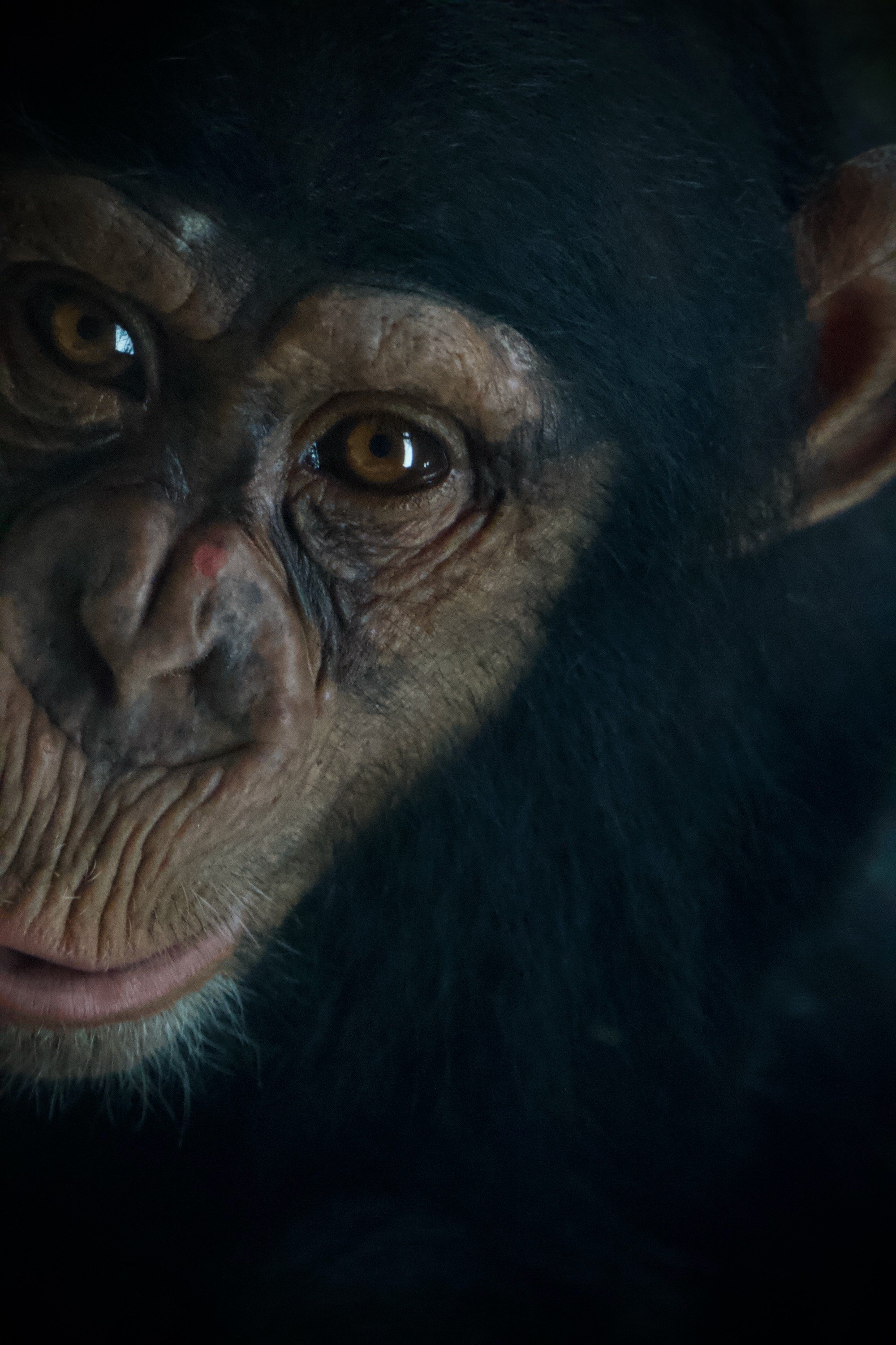
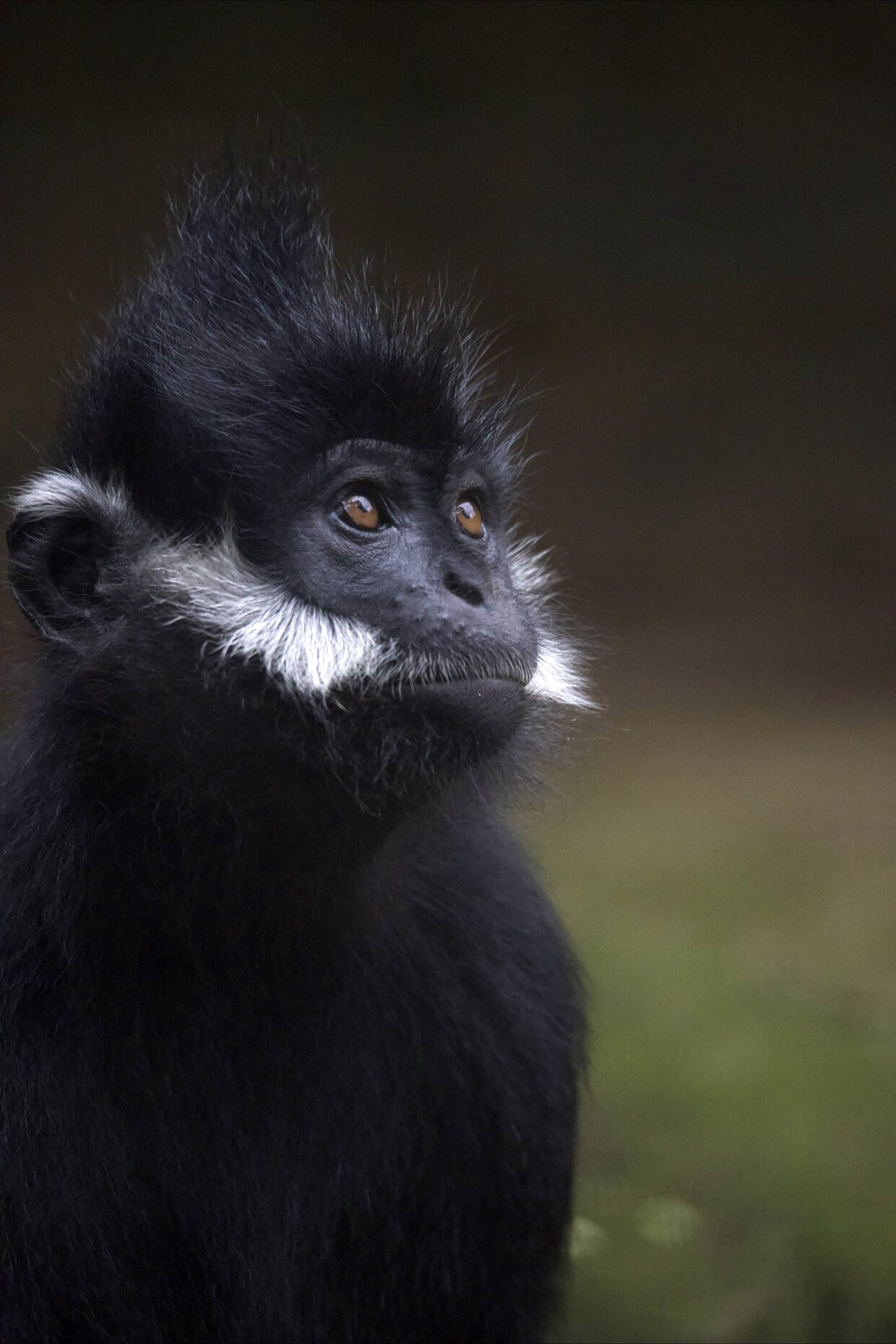
François' langur is a medium-sized primate with black, silky hair. It has very distinct white sideburns that grow down from its ears to the corners of its cheeks.
A morphological specialization of François' langur is its complex stomach, made up of four separate chambers.
This is a necessary adaptation for the digestion of its folivorous diet.

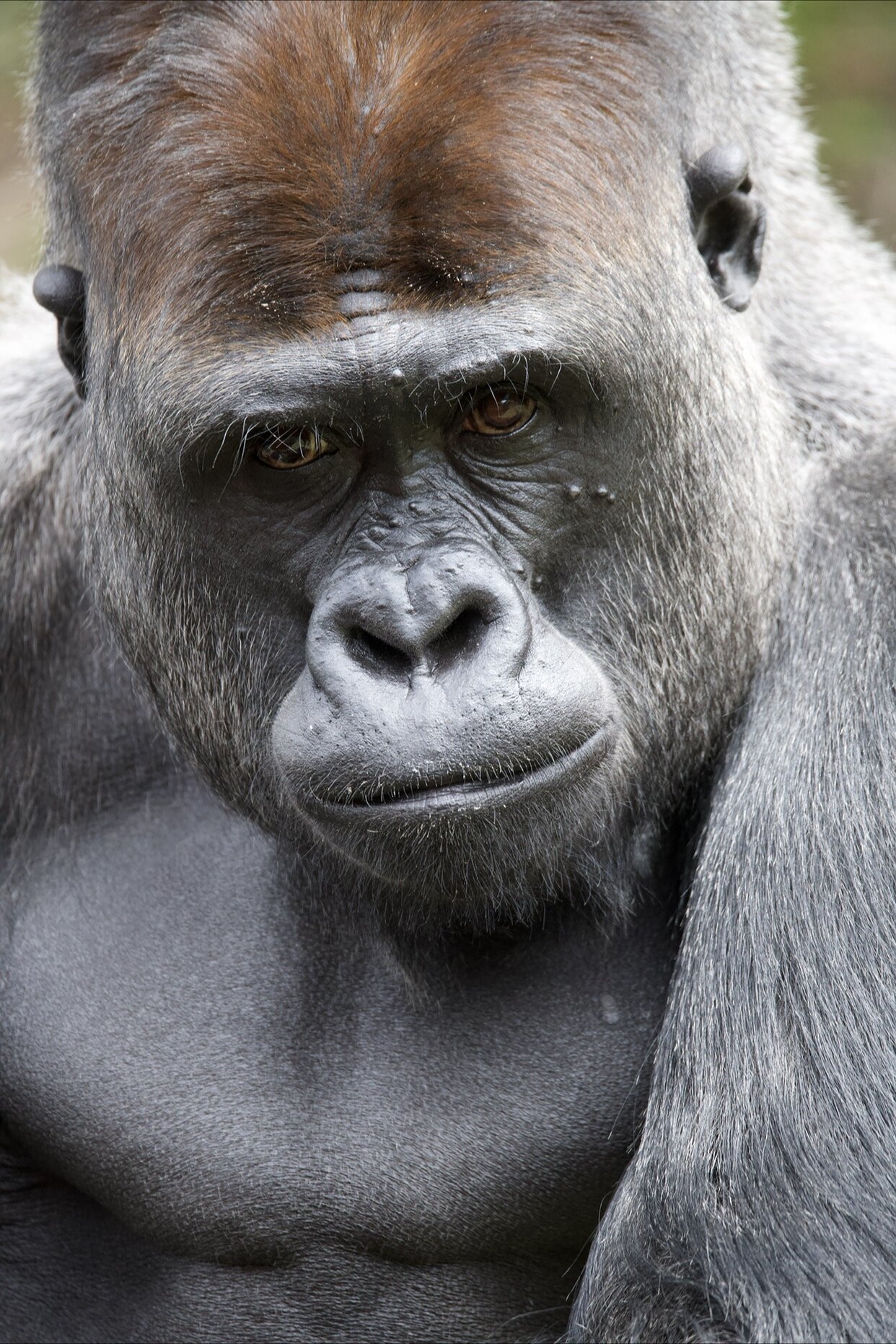
The group is led by a dominant male called a “silverback.” The Silverback has grey hair on its back which develops with sexual maturity at the age of 11. The Silverback is responsible for leading, protecting and defending the group.
Maturing males are called “Blackbacks” and are often driven away from the group by the Silverback when they reach maturity. They then join bachelor groups or start their own families with low ranking females. Ranking is part of the gorilla family's hierarchy. If a low ranking female has an infant her rank may change as she now plays the important role of mother.
Credit: Taronga Zoo
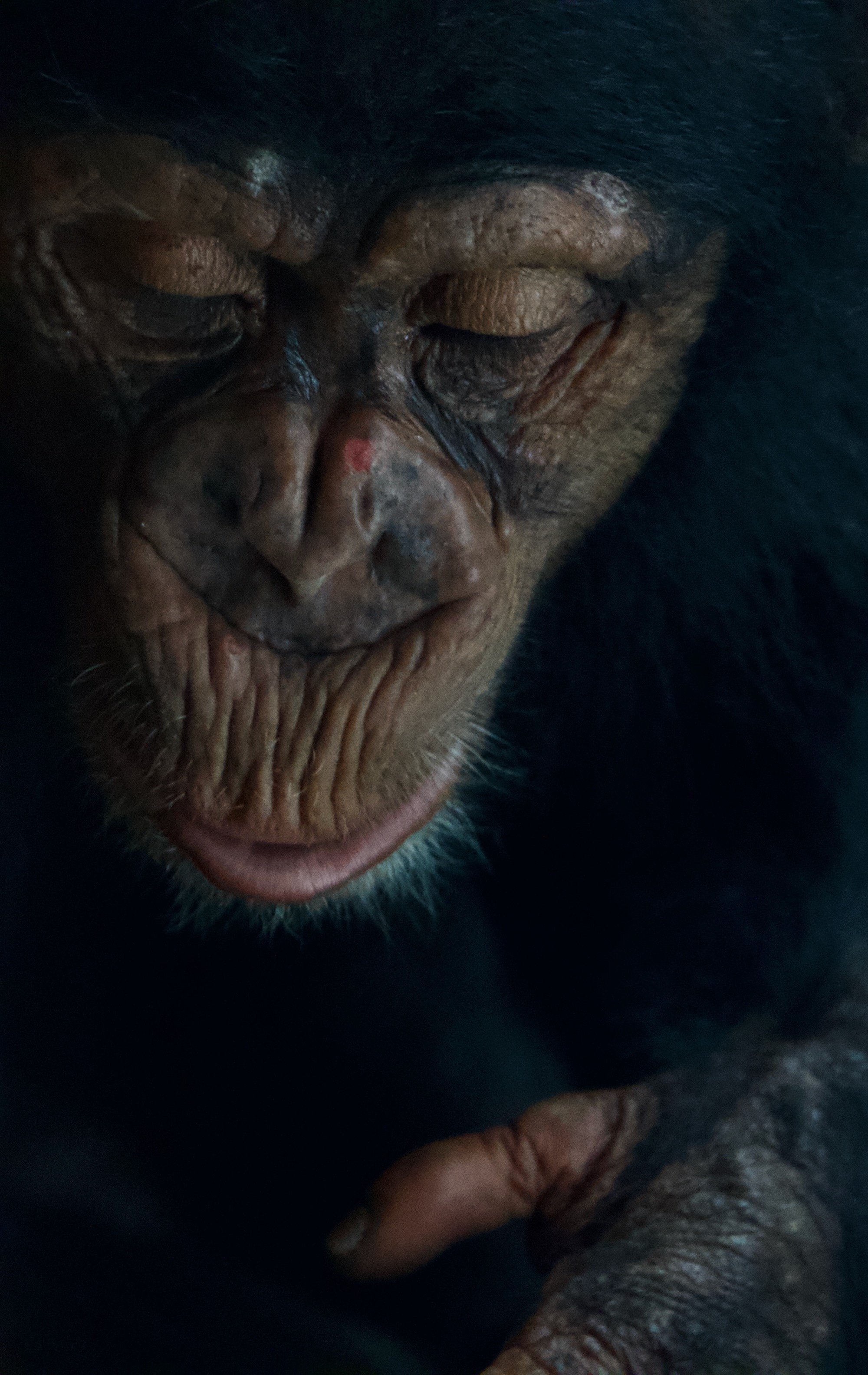
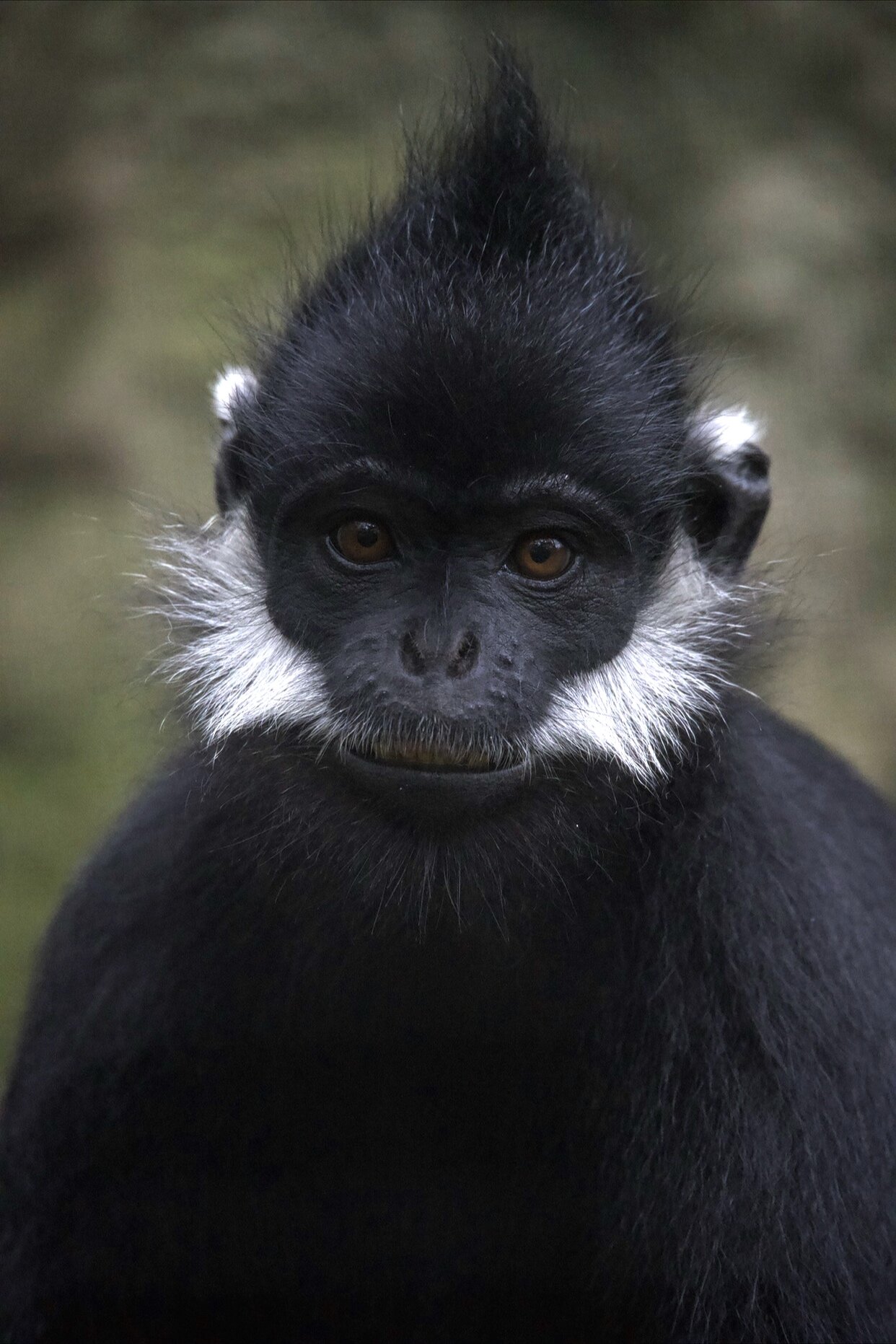
François' langur is a medium-sized primate with black, silky hair. It has very distinct white sideburns that grow down from its ears to the corners of its cheeks.
A morphological specialization of François' langur is its complex stomach, made up of four separate chambers.
This is a necessary adaptation for the digestion of its folivorous diet.

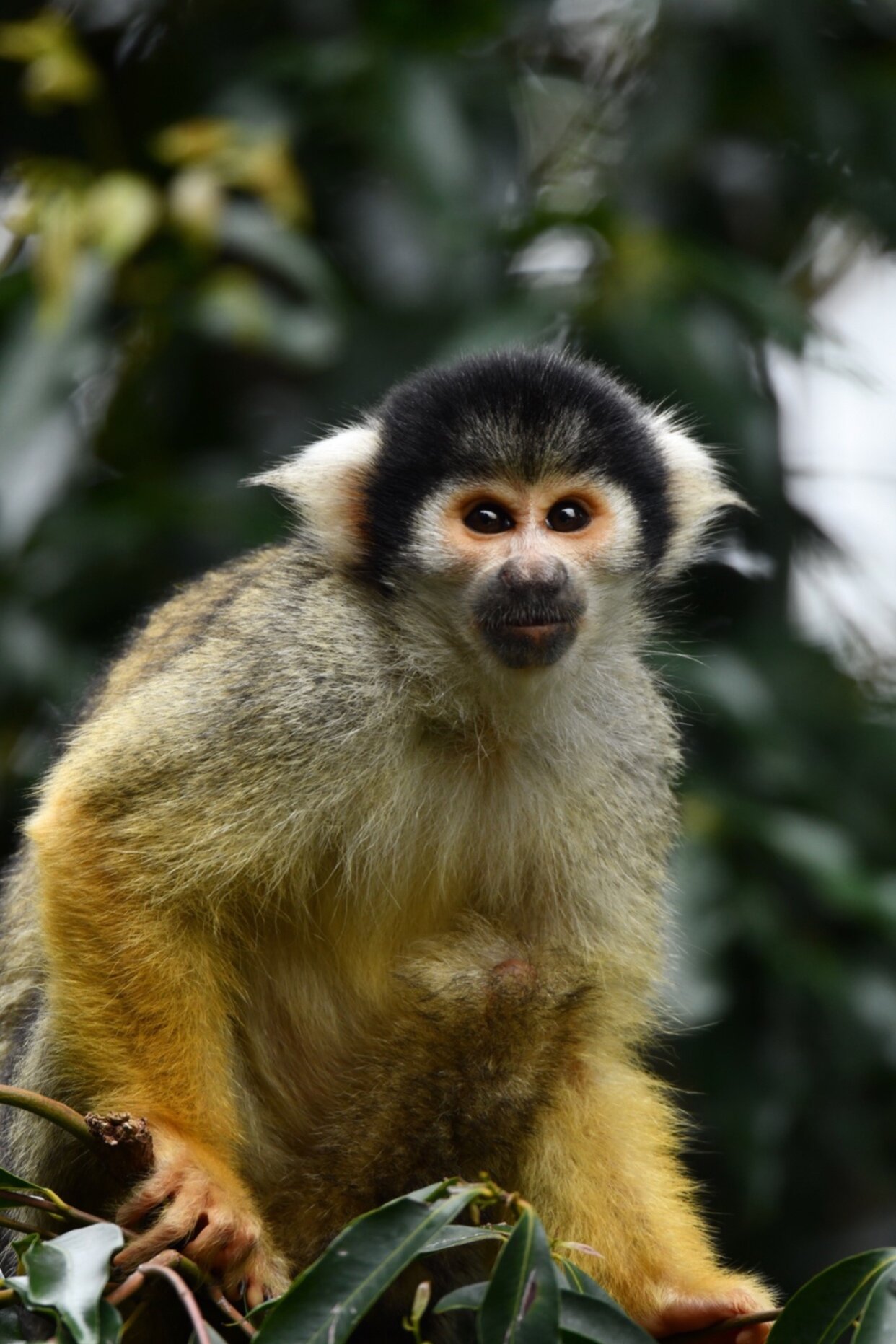
Black-headed squirrel monkeys are omnivorous and feast upon plants as well as small animals.
Other items on their menu include fruit, insects (most preferably grasshoppers and caterpillars), flowers, seeds, eggs, lizards, nuts, buds, and other small vertebrae.
Shortages of fruit during the high season result in a heavier reliance upon animal prey.
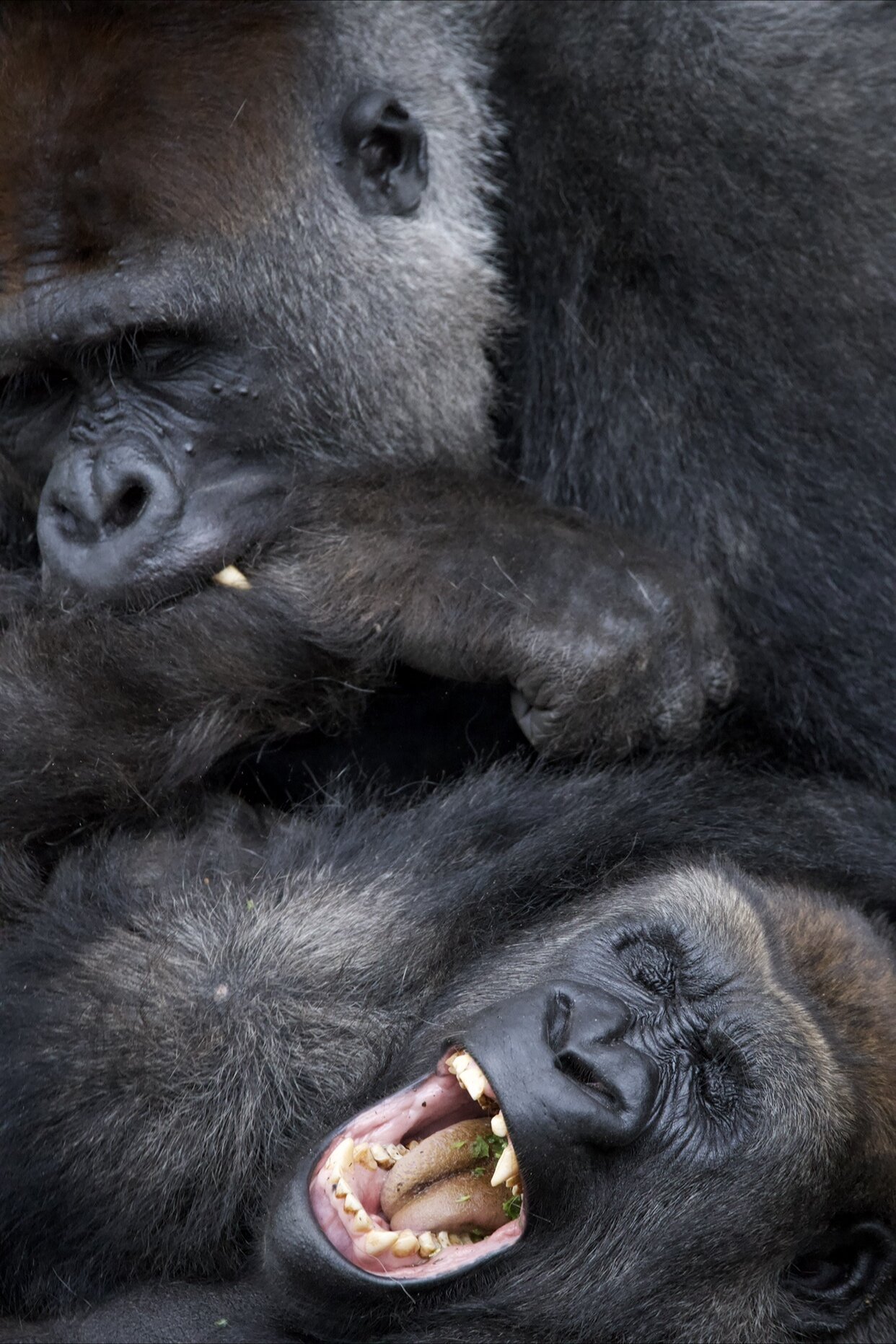
The group is led by a dominant male called a “silverback.” The Silverback has grey hair on its back which develops with sexual maturity at the age of 11. The Silverback is responsible for leading, protecting and defending the group.
Maturing males are called “Blackbacks” and are often driven away from the group by the Silverback when they reach maturity. They then join bachelor groups or start their own families with low ranking females. Ranking is part of the gorilla family's hierarchy. If a low ranking female has an infant her rank may change as she now plays the important role of mother.
Credit: @tarongazoo
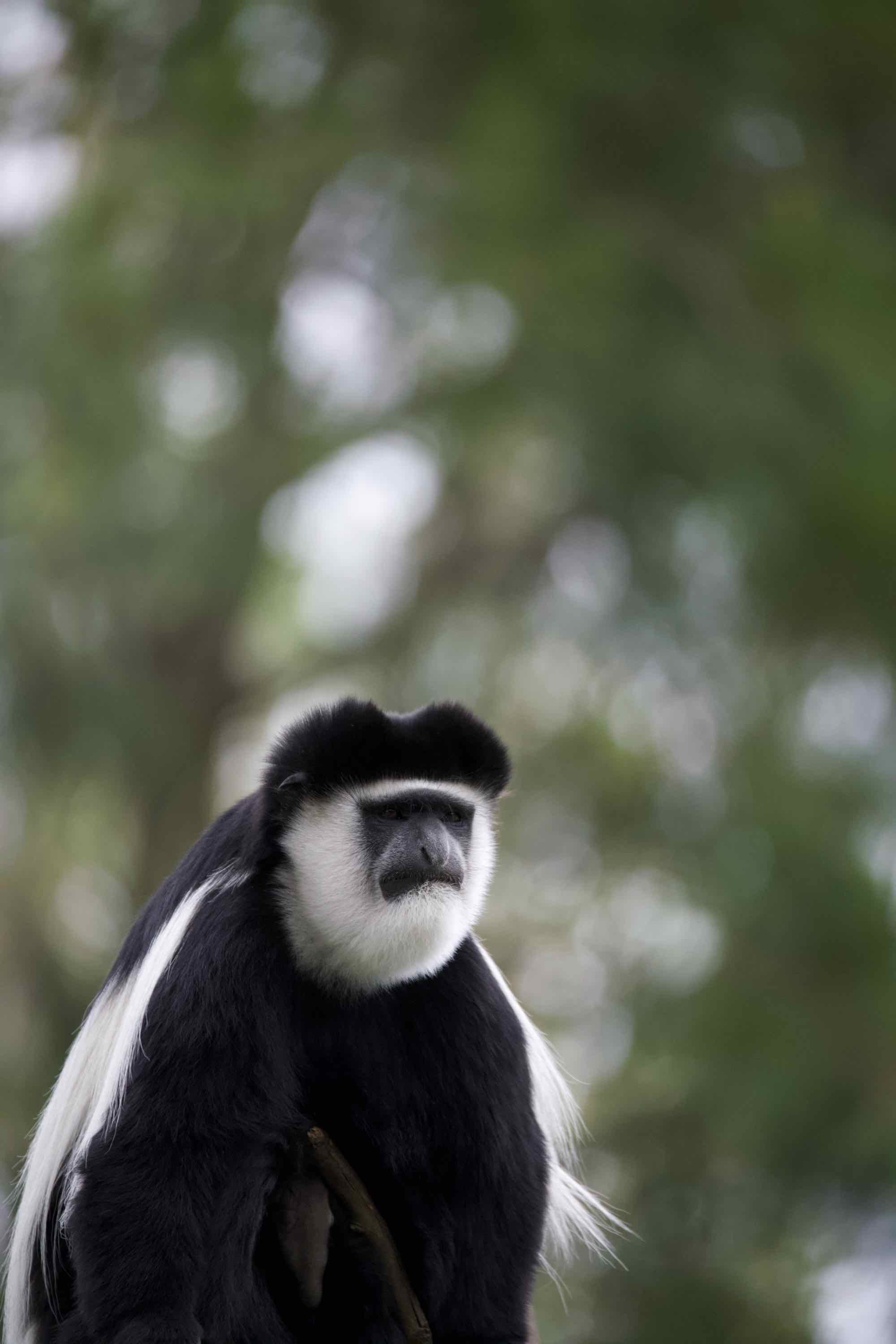
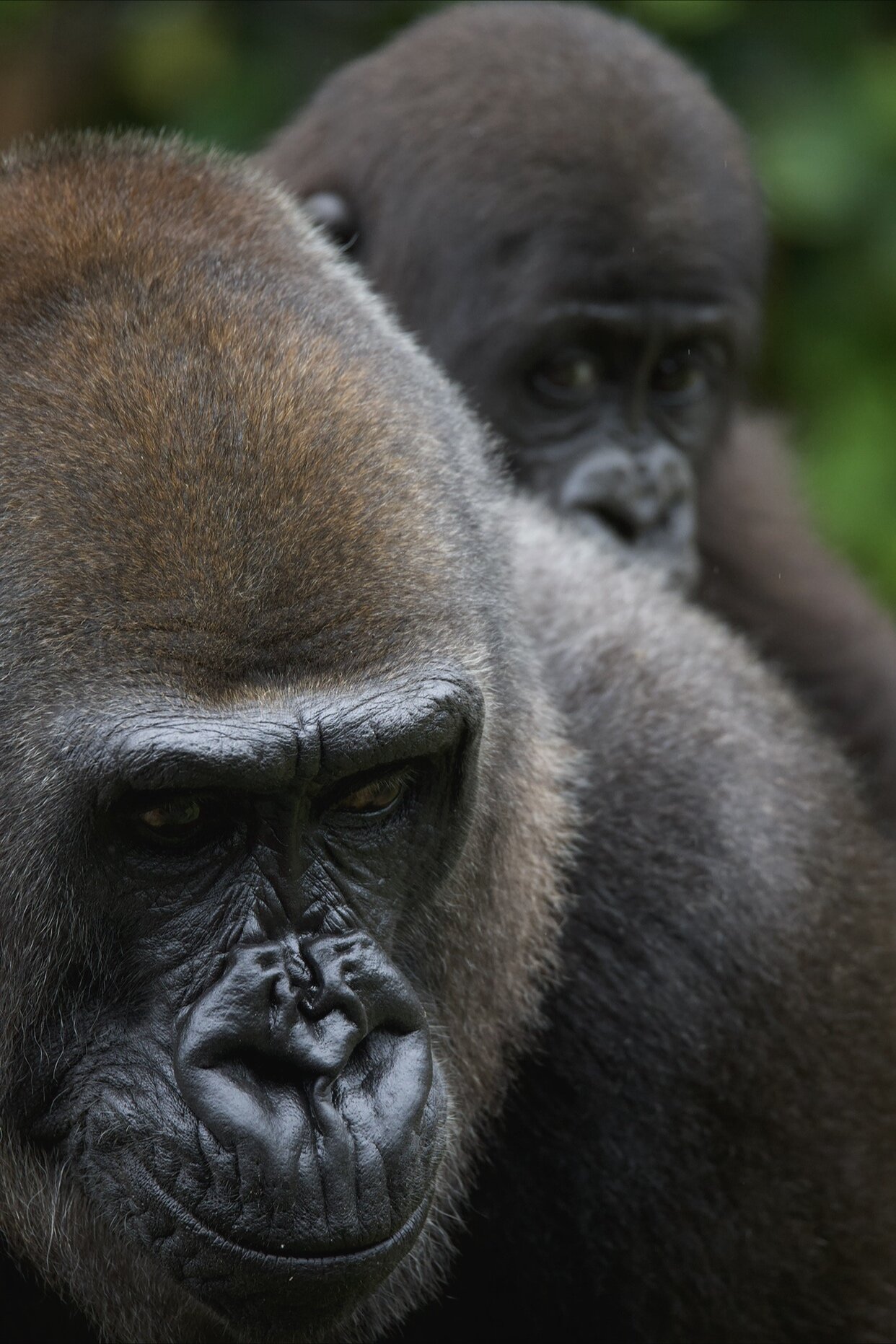
A mother’s love for her child is like nothing else in the world. It knows no law, no pity; it dares all things and crushes down remorselessly all that stands in its path.
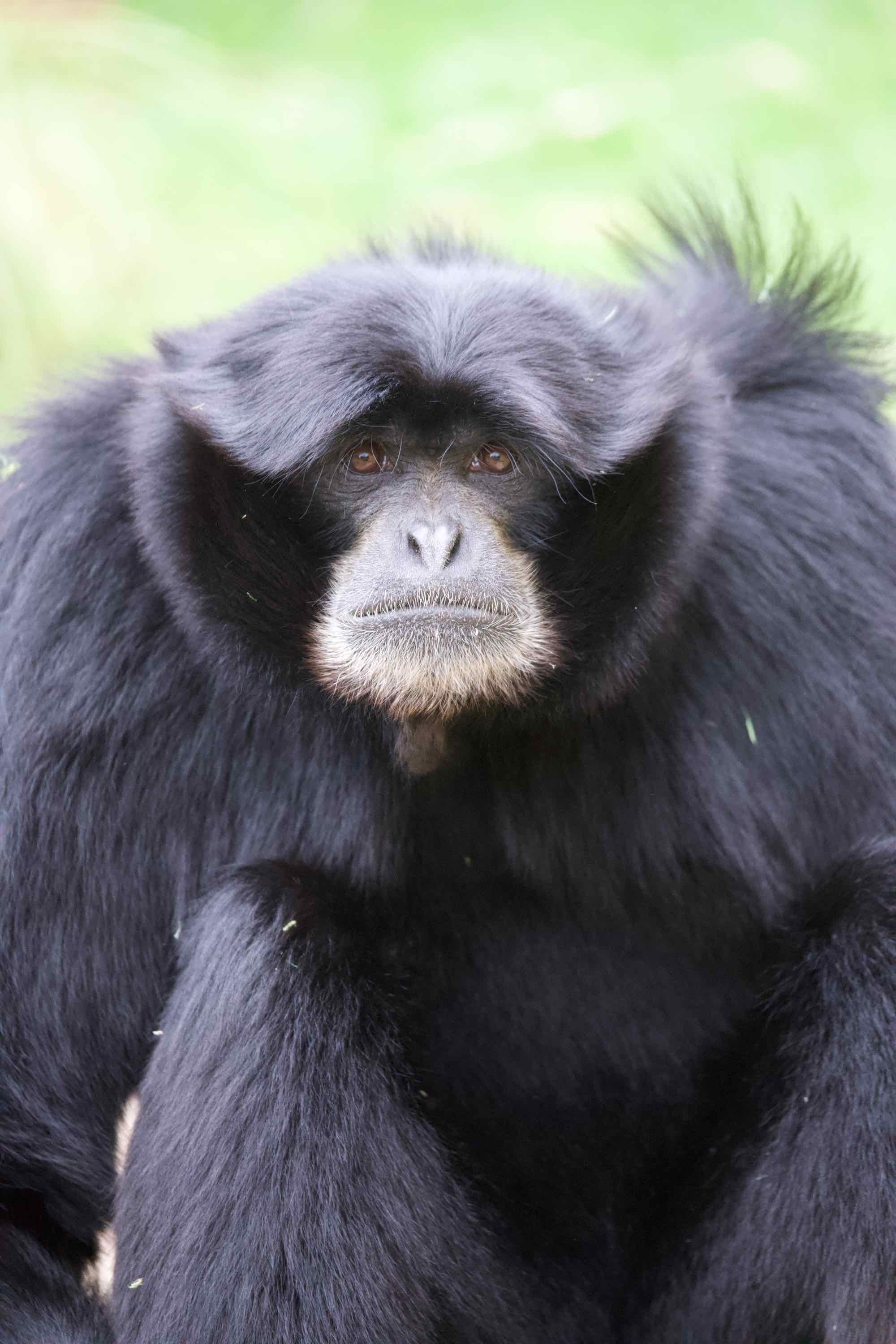
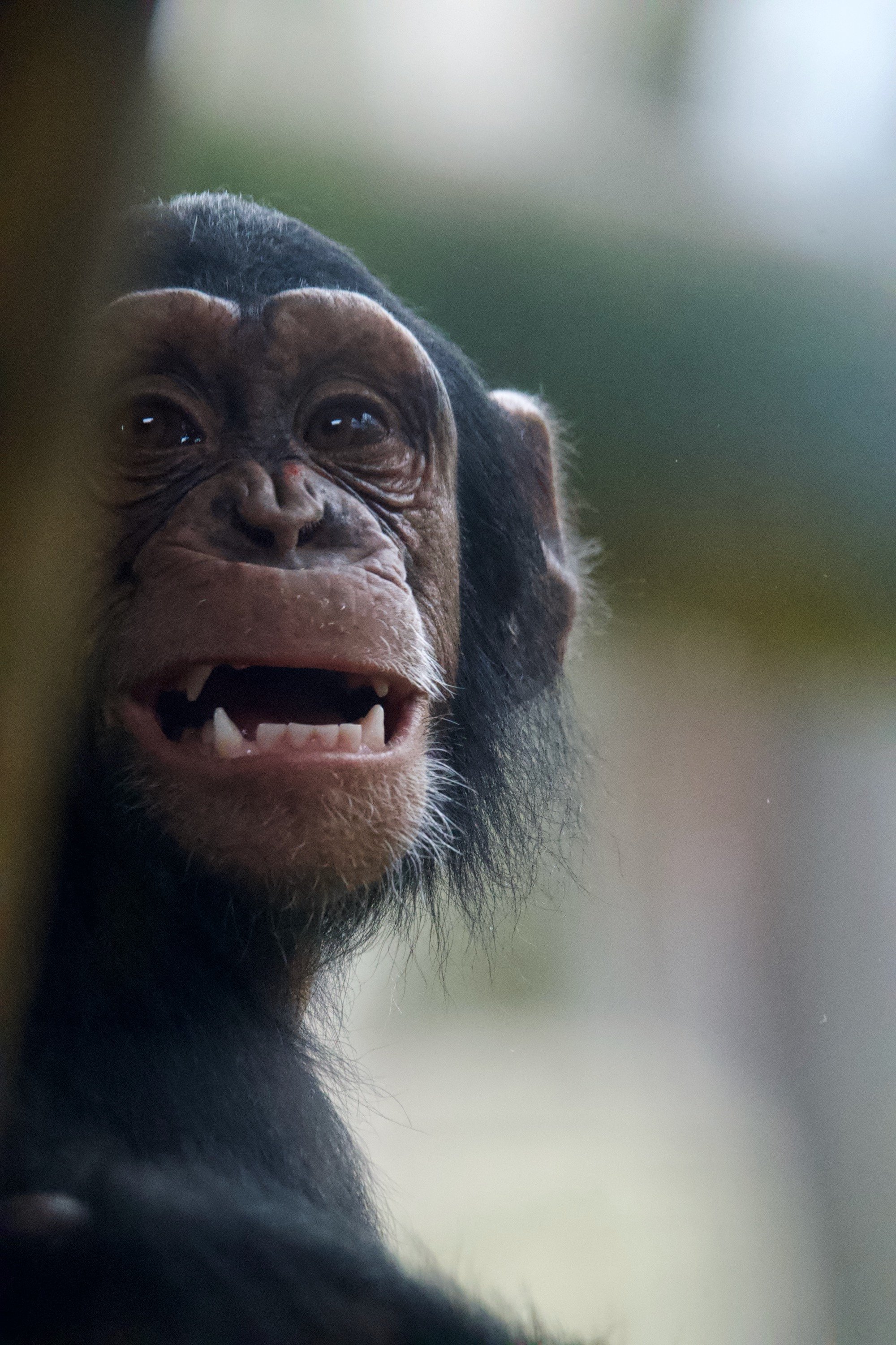
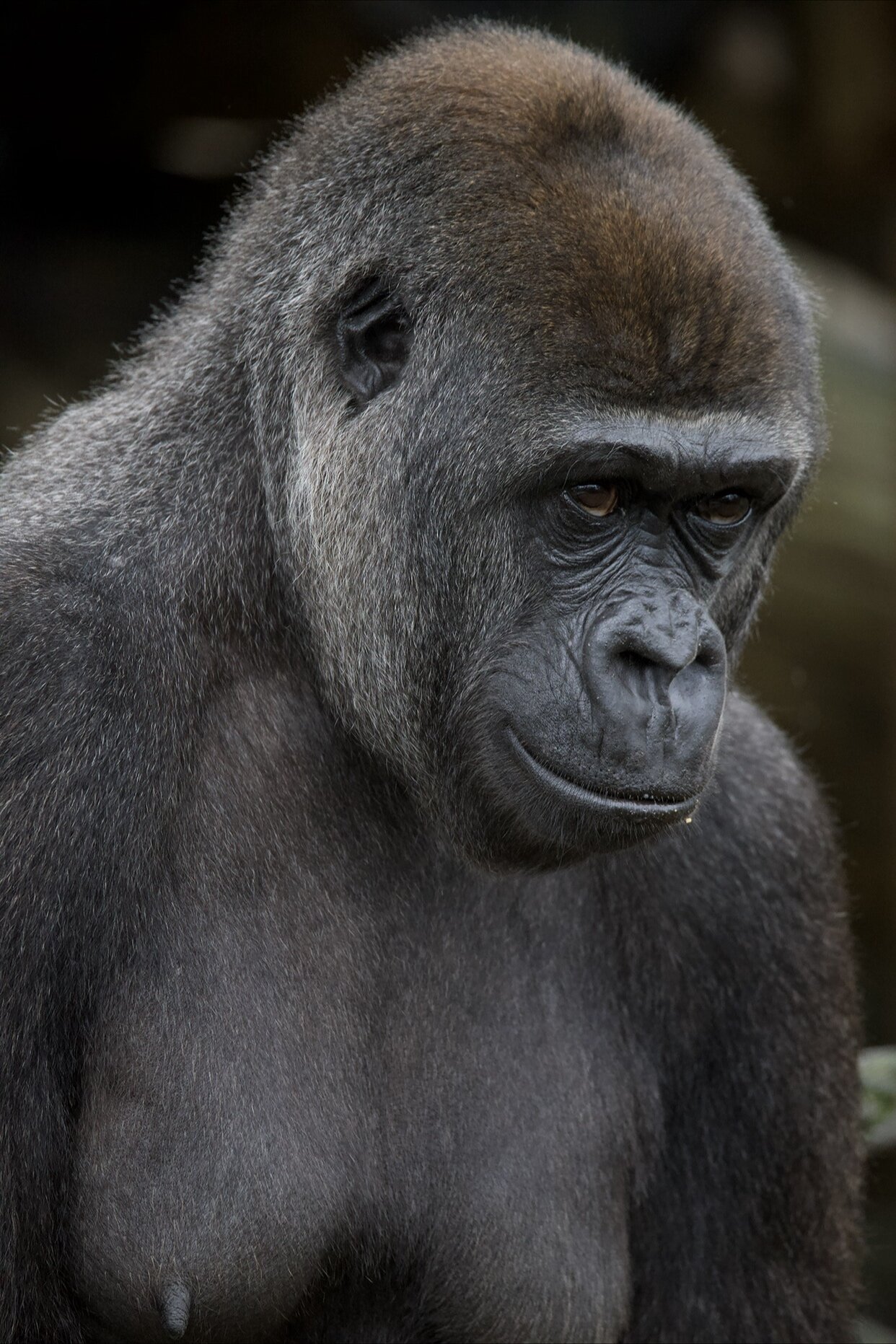
The hunting and killing of gorillas is illegal but still the animals are killed for bushmeat or during the capture of baby gorillas for pets.
In Northeast Congo, about 5% of western lowland gorillas in that region are killed each year. Timber and other companies have opened areas of once remote forest, facilitating poaching and the bushmeat trade.
Poaching also carries dangers for humans as it is thought that Ebola may be spread through the butchering and handling of gorilla and other primate meat.
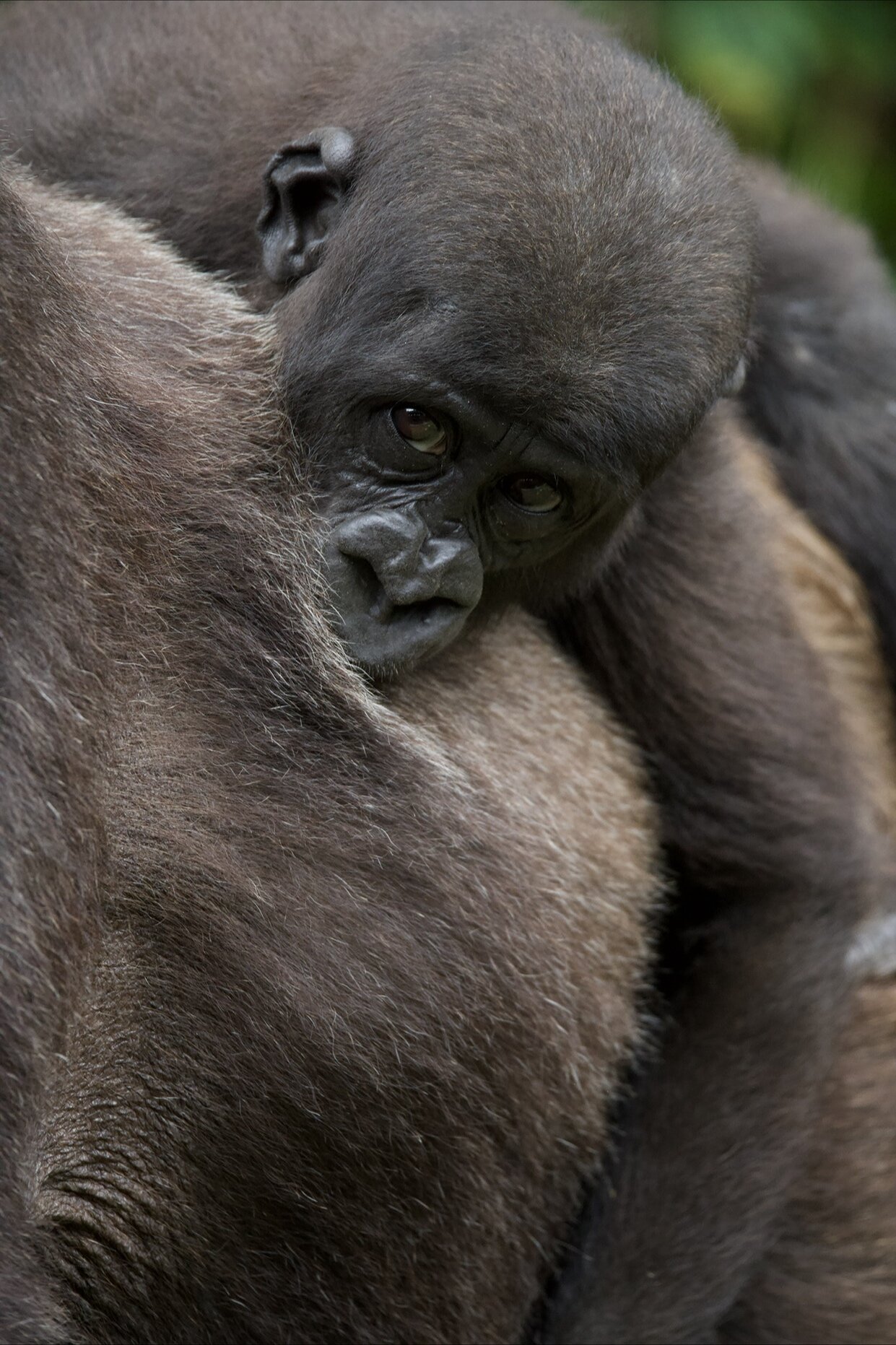
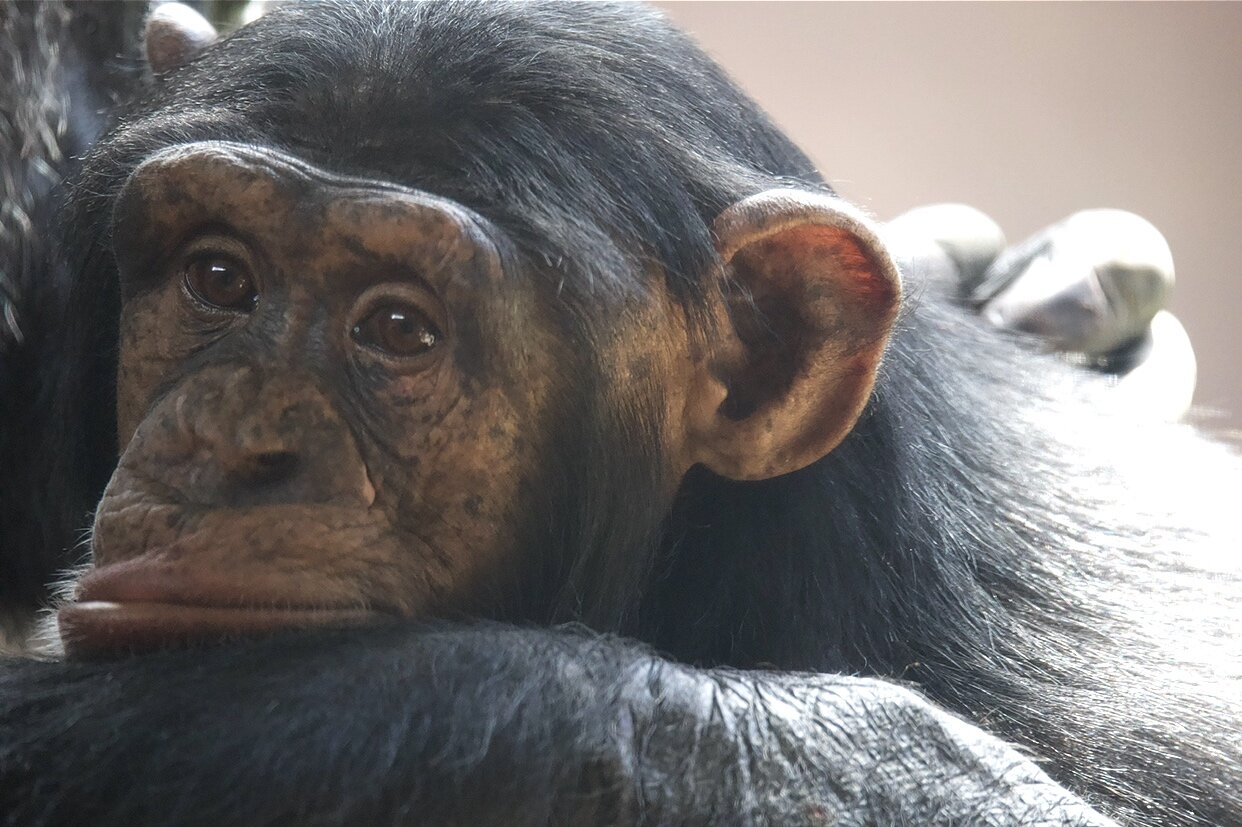
Like us, chimps are highly social animals, care for their offspring for years and can live to be over 50.
In fact, chimpanzees are our closest cousins; we share about 98% of our genes.
In their habitat in the forests of Central Africa, chimpanzees spend most of their days in the treetops.
When they do come down to earth, chimps usually travel on all fours, though they can walk on their legs like humans for as far as a mile.
They use sticks to fish termites out of mounds and bunches of leaves to sop up drinking water.
Credit: WWF Australia
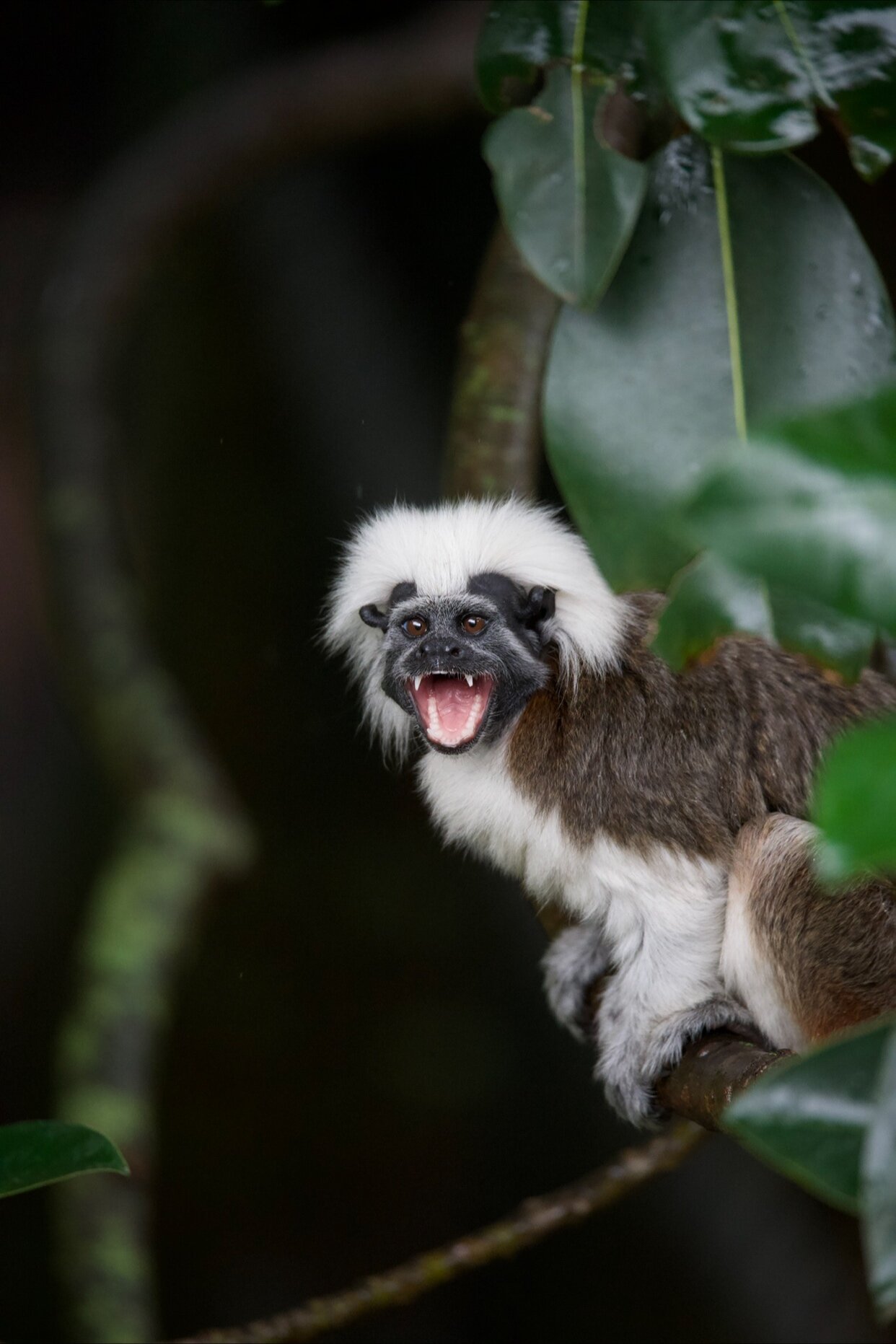
These small primates are one of three Amazonian species of tamarin. Cotton-top tamarins live in a small forested area of northwestern Colombia.
They forage through the middle layer of the canopy for the fruits and insects that make up much of their diet, though they’ve been known to eat larger vertebrates as well.
Cotton-top tamarins also play an essential role in spreading seeds in tropical ecosystems.
These tamarins commonly eat relatively large seeds—bigger even than those consumed by their more sizable fellow primates such as chimpanzees and baboons.
Those seeds are eventually digested into feces that has proven an excellent fertilizer with a high success rate for germination.
Credit: natgeoau
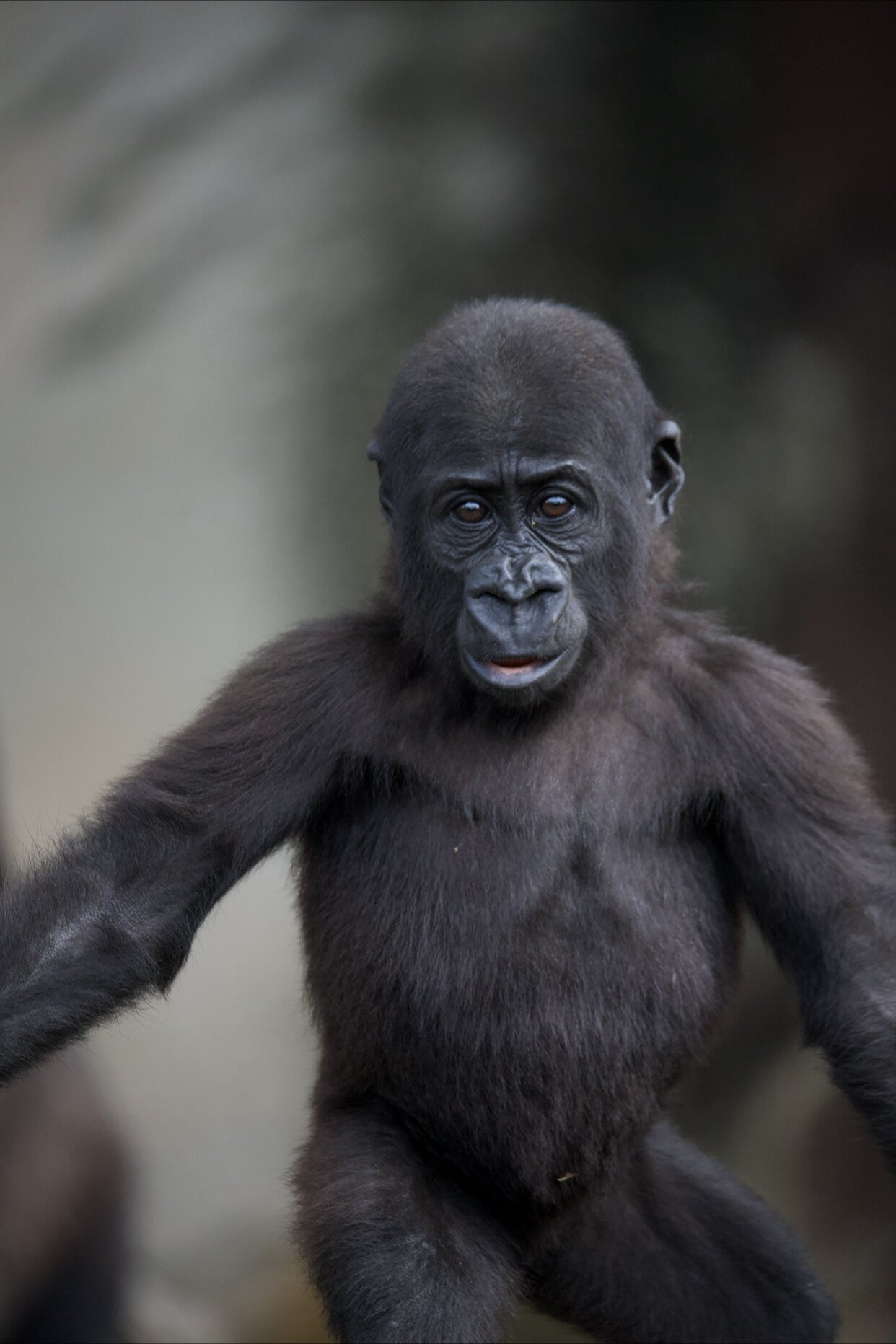
Infants and their moms remain in close proximity to each other and share a very close relationship for the infant’s first few years.
Other related females will sometimes try to help out, especially young siblings of the infant. When the infant is young, the mother will try to shoo the curious gorillas away.
However, as the baby gorilla gets older and starts venturing away from its mother, juveniles will participate in the young gorilla’s life.
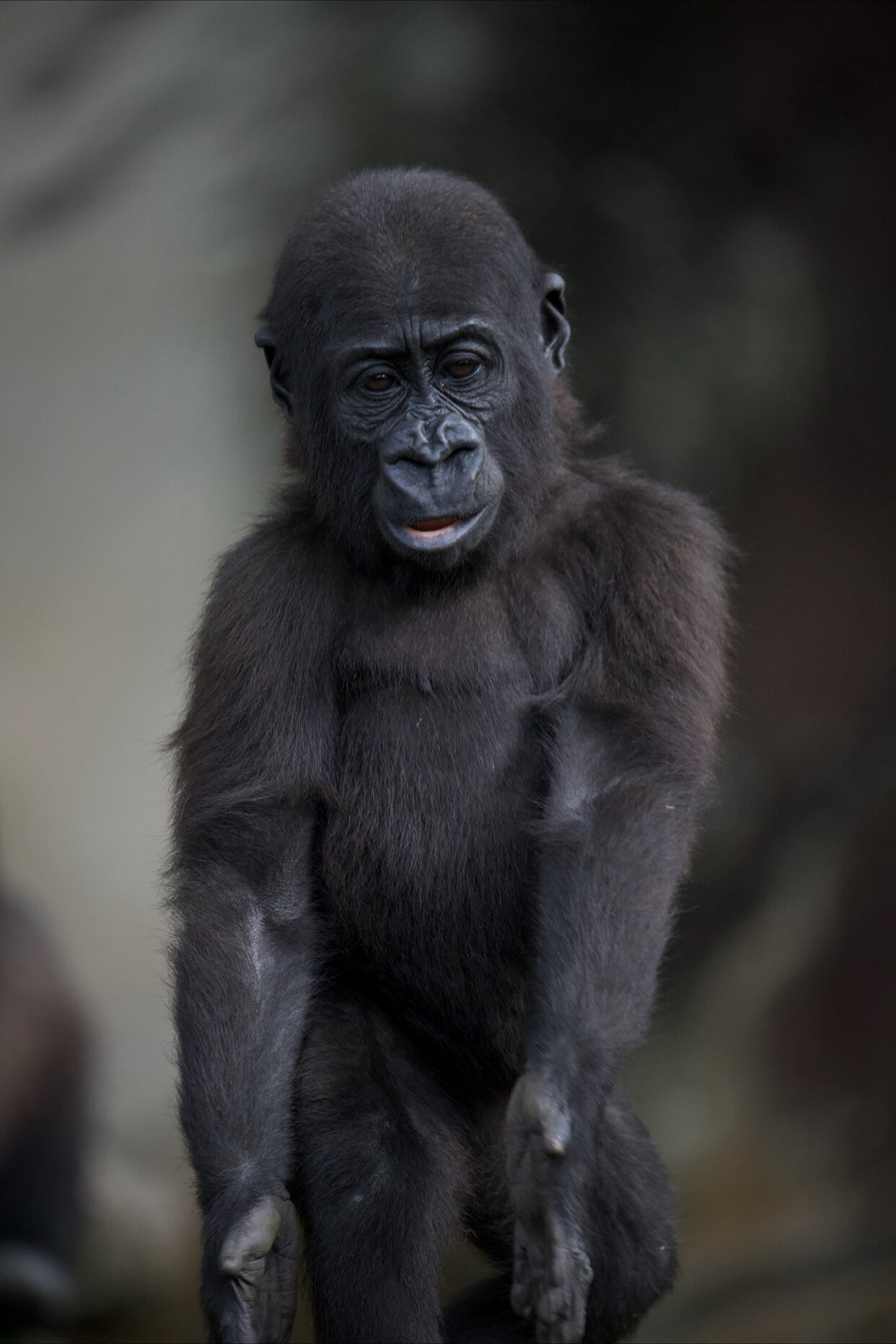
Infants and their moms remain in close proximity to each other and share a very close relationship for the infant’s first few years.
Other related females will sometimes try to help out, especially young siblings of the infant. When the infant is young, the mother will try to shoo the curious gorillas away.
However, as the baby gorilla gets older and starts venturing away from its mother, juveniles will participate in the young gorilla’s life.
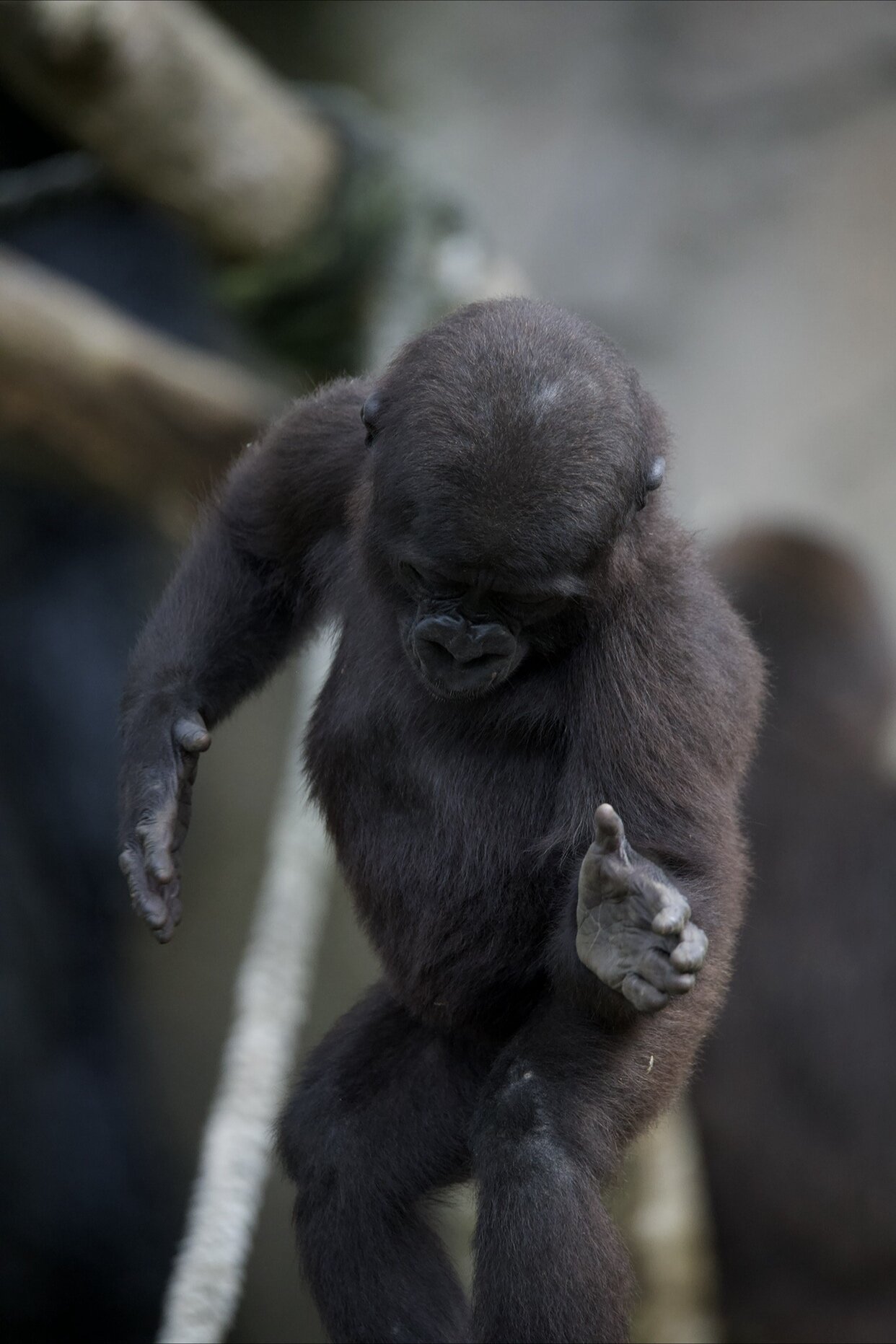
Infants and their moms remain in close proximity to each other and share a very close relationship for the infant’s first few years.
Other related females will sometimes try to help out, especially young siblings of the infant. When the infant is young, the mother will try to shoo the curious gorillas away.
However, as the baby gorilla gets older and starts venturing away from its mother, juveniles will participate in the young gorilla’s life.
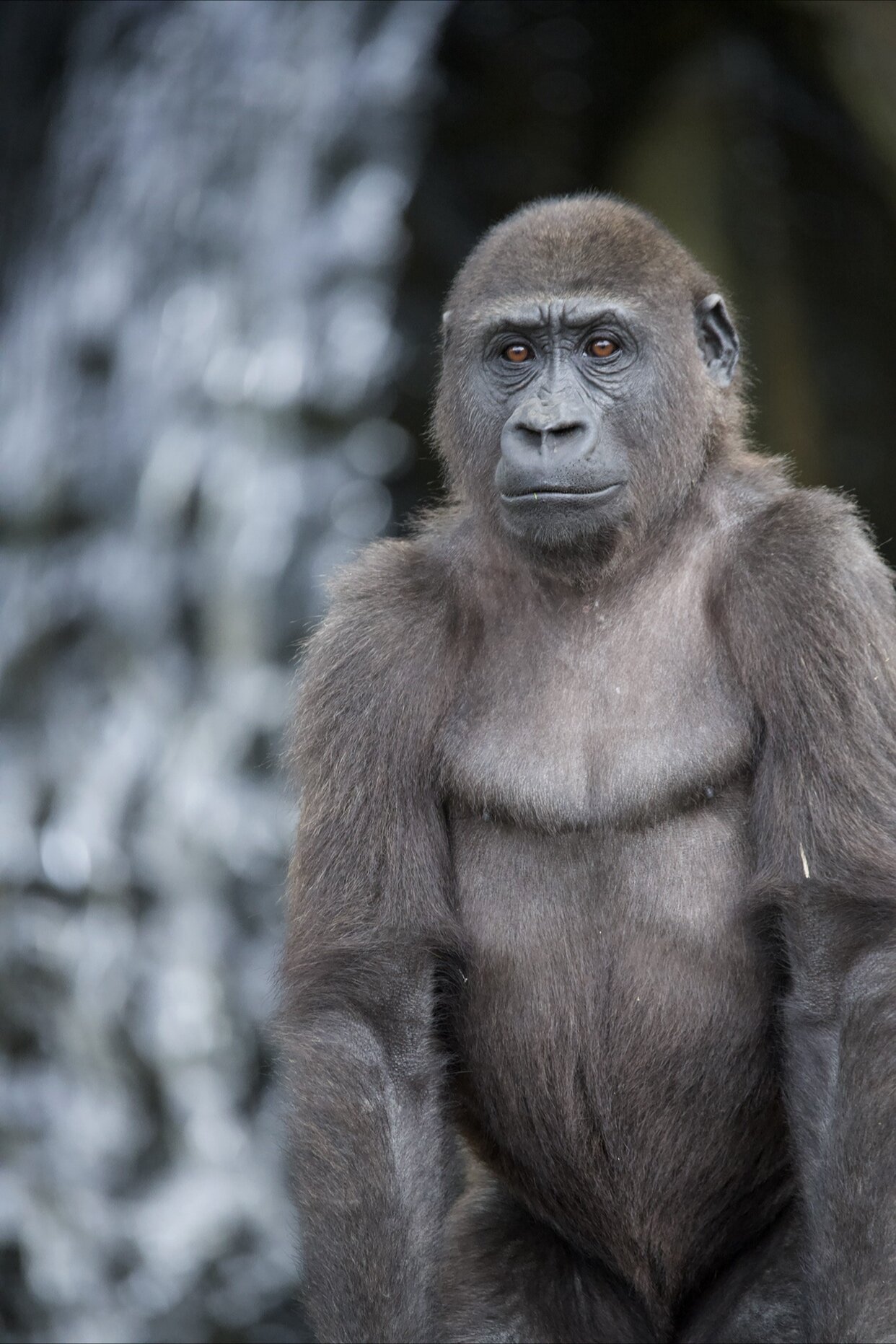
When challenged by another male, a troop leader will demonstrate his strength by standing upright, throwing things, making aggressive charges, and pounding his huge chest while barking out powerful hoots or unleashing a roar.
Despite these displays and the animals’ obvious physical power, gorillas are generally calm and nonaggressive unless they are disturbed.
Credit: Nat Geo Au
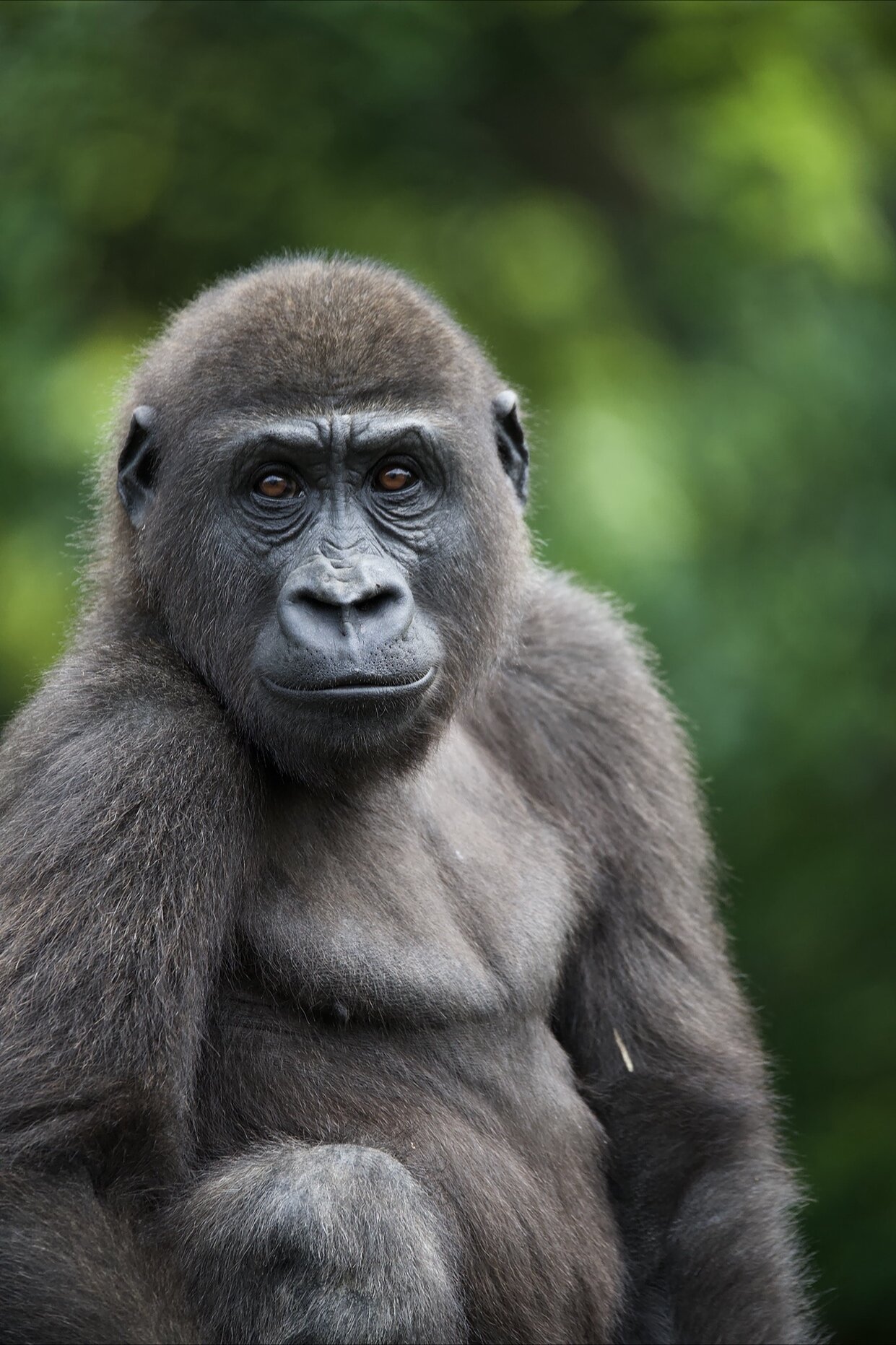
Central Africa is home to not only gorillas but also the deadly Ebola virus.
Ebola has caused several massive gorilla and chimpanzee die-offs in the remote forests at the heart of the primates’ ranges.
Some scientists estimate that it has killed about one-third of the wild gorilla population, mostly western lowland gorillas.
Credit: WWF Australia
































Western lowland gorillas are the smallest of the four gorilla subspecies, which also include the Cross River gorillas, Grauer’s gorillas, and mountain gorillas.
Western lowland gorillas have shorter black-brown hair, longer arms, and a more prominent ridge along their brow.
Infants have a tuft of white hair on their backsides, and older gorillas may get streaks of silver in their hair.
Like their cousins, western lowland gorillas are endangered and face the loss of their habitat.
Credit: Nat Geo Au
The western lowland gorilla is the most numerous and widespread of all gorilla subspecies.
Populations can be found in Cameroon, the Central African Republic, the Democratic Republic of Congo and Equatorial Guinea, and large areas in Gabon and the Republic of Congo.
The exact number of western lowland gorillas is unknown because they inhabit some of Africa's densest and remote rainforests.
Significant populations still exist, including in isolated swamps and the remote swampy forests of the Republic of Congo.
Credit: WWF Australia
A mother’s love for her child is like nothing else the world. It knows no law, no pity, it dares all things and crushes down remorselessly all that stands in its path.
These primates are found from the Red Sea in Eritrea to Ethiopia, Djibouti, Somalia, Yemen, and Saudi Arabia in the southwestern part of the Arabian Peninsula.
Preferred types of habitat are sub-deserts, steppes, alpine grass meadows, plains, and short-grass savannahs.
The Hamadryas baboons always remain close to water. Hence, during the wet season, some populations move to mountain areas.
François' langur is a medium-sized primate with black, silky hair. It has very distinct white sideburns that grow down from its ears to the corners of its cheeks.
A morphological specialization of François' langur is its complex stomach, made up of four separate chambers.
This is a necessary adaptation for the digestion of its folivorous diet.
The group is led by a dominant male called a “silverback.” The Silverback has grey hair on its back which develops with sexual maturity at the age of 11. The Silverback is responsible for leading, protecting and defending the group.
Maturing males are called “Blackbacks” and are often driven away from the group by the Silverback when they reach maturity. They then join bachelor groups or start their own families with low ranking females. Ranking is part of the gorilla family's hierarchy. If a low ranking female has an infant her rank may change as she now plays the important role of mother.
Credit: Taronga Zoo
François' langur is a medium-sized primate with black, silky hair. It has very distinct white sideburns that grow down from its ears to the corners of its cheeks.
A morphological specialization of François' langur is its complex stomach, made up of four separate chambers.
This is a necessary adaptation for the digestion of its folivorous diet.
Black-headed squirrel monkeys are omnivorous and feast upon plants as well as small animals.
Other items on their menu include fruit, insects (most preferably grasshoppers and caterpillars), flowers, seeds, eggs, lizards, nuts, buds, and other small vertebrae.
Shortages of fruit during the high season result in a heavier reliance upon animal prey.
The group is led by a dominant male called a “silverback.” The Silverback has grey hair on its back which develops with sexual maturity at the age of 11. The Silverback is responsible for leading, protecting and defending the group.
Maturing males are called “Blackbacks” and are often driven away from the group by the Silverback when they reach maturity. They then join bachelor groups or start their own families with low ranking females. Ranking is part of the gorilla family's hierarchy. If a low ranking female has an infant her rank may change as she now plays the important role of mother.
Credit: @tarongazoo
A mother’s love for her child is like nothing else in the world. It knows no law, no pity; it dares all things and crushes down remorselessly all that stands in its path.
The hunting and killing of gorillas is illegal but still the animals are killed for bushmeat or during the capture of baby gorillas for pets.
In Northeast Congo, about 5% of western lowland gorillas in that region are killed each year. Timber and other companies have opened areas of once remote forest, facilitating poaching and the bushmeat trade.
Poaching also carries dangers for humans as it is thought that Ebola may be spread through the butchering and handling of gorilla and other primate meat.
Like us, chimps are highly social animals, care for their offspring for years and can live to be over 50.
In fact, chimpanzees are our closest cousins; we share about 98% of our genes.
In their habitat in the forests of Central Africa, chimpanzees spend most of their days in the treetops.
When they do come down to earth, chimps usually travel on all fours, though they can walk on their legs like humans for as far as a mile.
They use sticks to fish termites out of mounds and bunches of leaves to sop up drinking water.
Credit: WWF Australia
These small primates are one of three Amazonian species of tamarin. Cotton-top tamarins live in a small forested area of northwestern Colombia.
They forage through the middle layer of the canopy for the fruits and insects that make up much of their diet, though they’ve been known to eat larger vertebrates as well.
Cotton-top tamarins also play an essential role in spreading seeds in tropical ecosystems.
These tamarins commonly eat relatively large seeds—bigger even than those consumed by their more sizable fellow primates such as chimpanzees and baboons.
Those seeds are eventually digested into feces that has proven an excellent fertilizer with a high success rate for germination.
Credit: natgeoau
Infants and their moms remain in close proximity to each other and share a very close relationship for the infant’s first few years.
Other related females will sometimes try to help out, especially young siblings of the infant. When the infant is young, the mother will try to shoo the curious gorillas away.
However, as the baby gorilla gets older and starts venturing away from its mother, juveniles will participate in the young gorilla’s life.
Infants and their moms remain in close proximity to each other and share a very close relationship for the infant’s first few years.
Other related females will sometimes try to help out, especially young siblings of the infant. When the infant is young, the mother will try to shoo the curious gorillas away.
However, as the baby gorilla gets older and starts venturing away from its mother, juveniles will participate in the young gorilla’s life.
Infants and their moms remain in close proximity to each other and share a very close relationship for the infant’s first few years.
Other related females will sometimes try to help out, especially young siblings of the infant. When the infant is young, the mother will try to shoo the curious gorillas away.
However, as the baby gorilla gets older and starts venturing away from its mother, juveniles will participate in the young gorilla’s life.
When challenged by another male, a troop leader will demonstrate his strength by standing upright, throwing things, making aggressive charges, and pounding his huge chest while barking out powerful hoots or unleashing a roar.
Despite these displays and the animals’ obvious physical power, gorillas are generally calm and nonaggressive unless they are disturbed.
Credit: Nat Geo Au
Central Africa is home to not only gorillas but also the deadly Ebola virus.
Ebola has caused several massive gorilla and chimpanzee die-offs in the remote forests at the heart of the primates’ ranges.
Some scientists estimate that it has killed about one-third of the wild gorilla population, mostly western lowland gorillas.
Credit: WWF Australia
